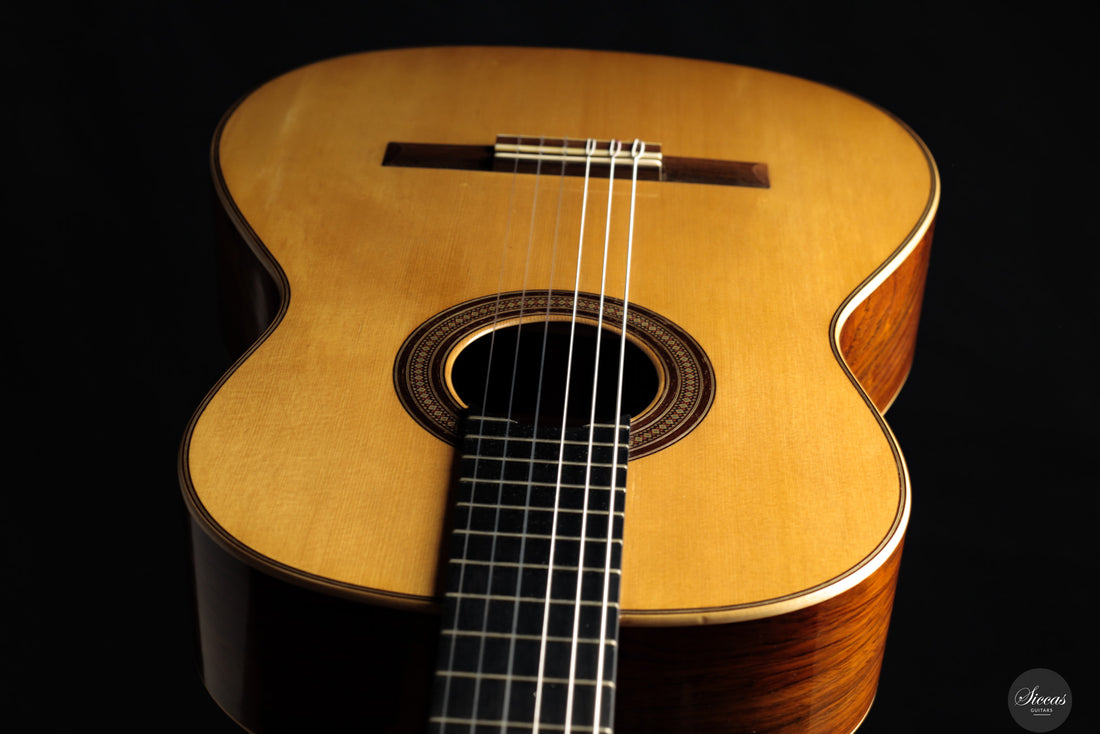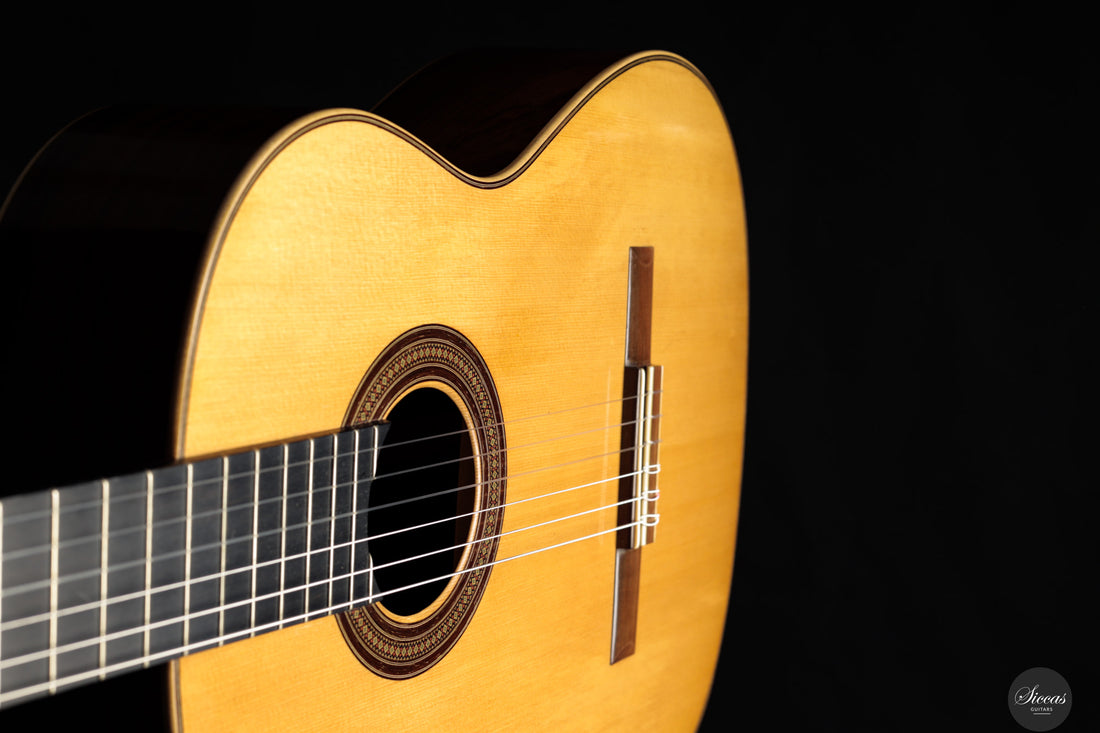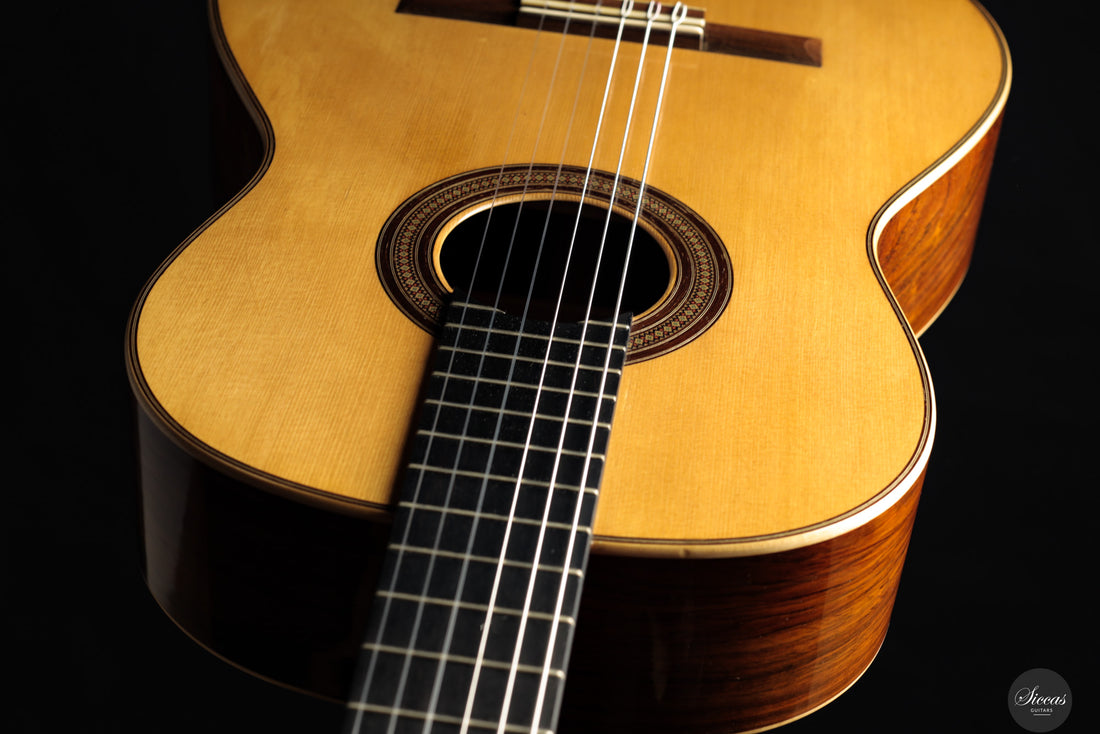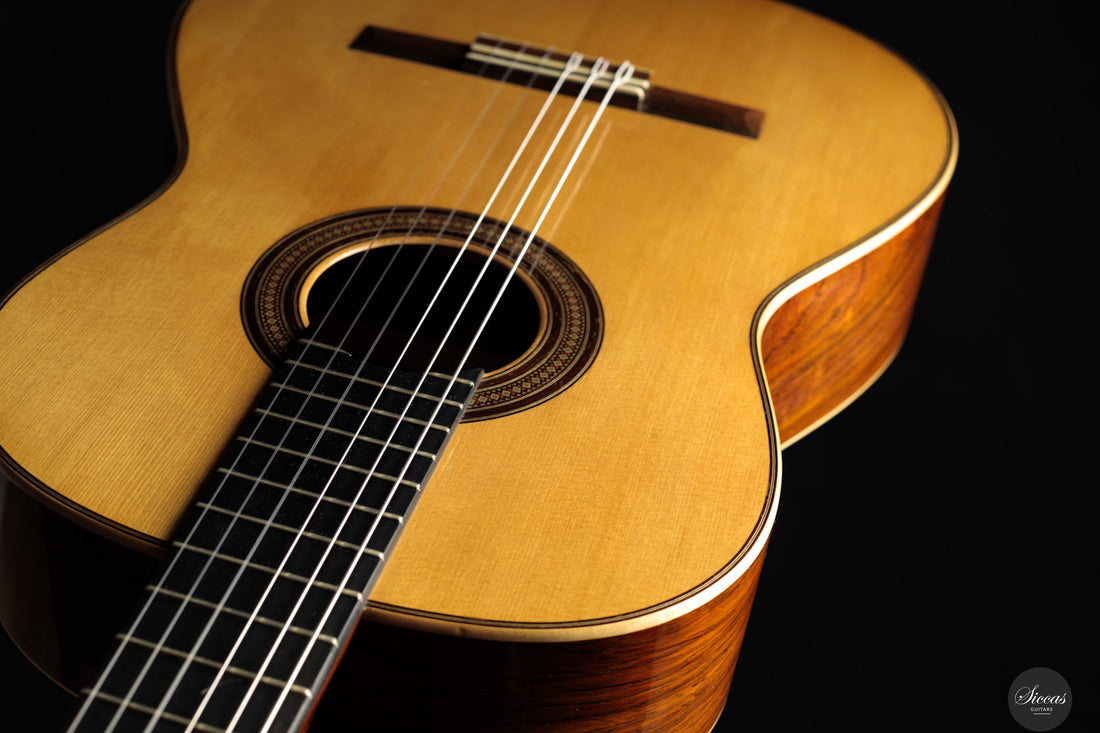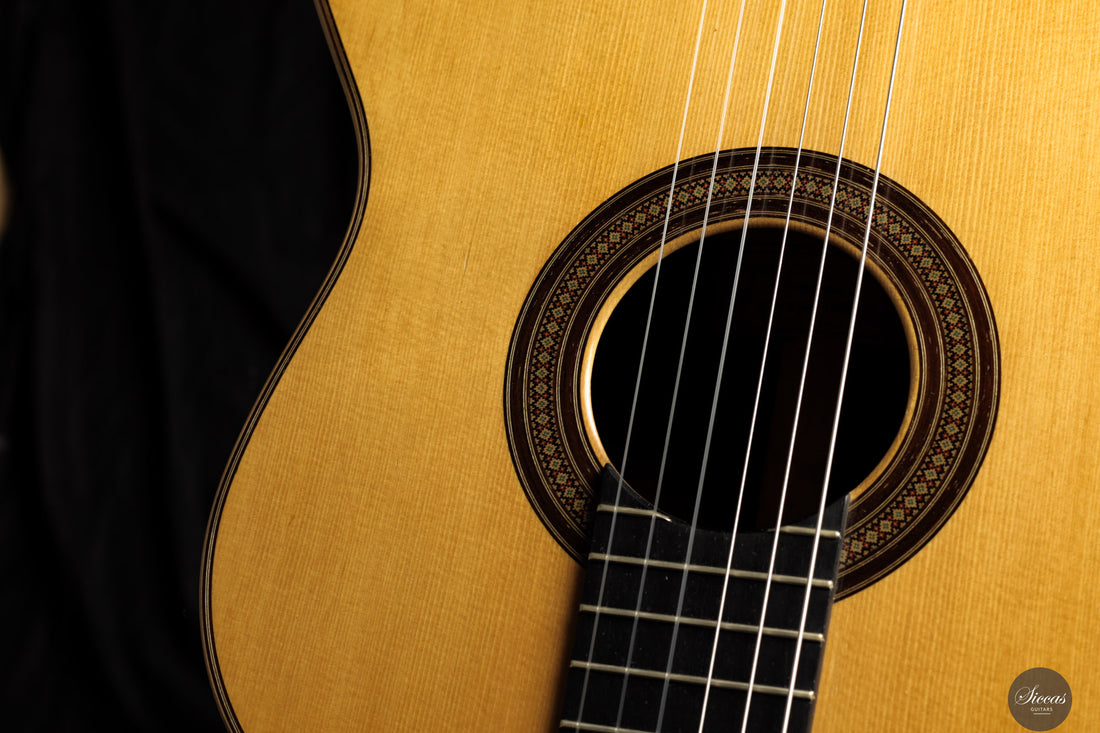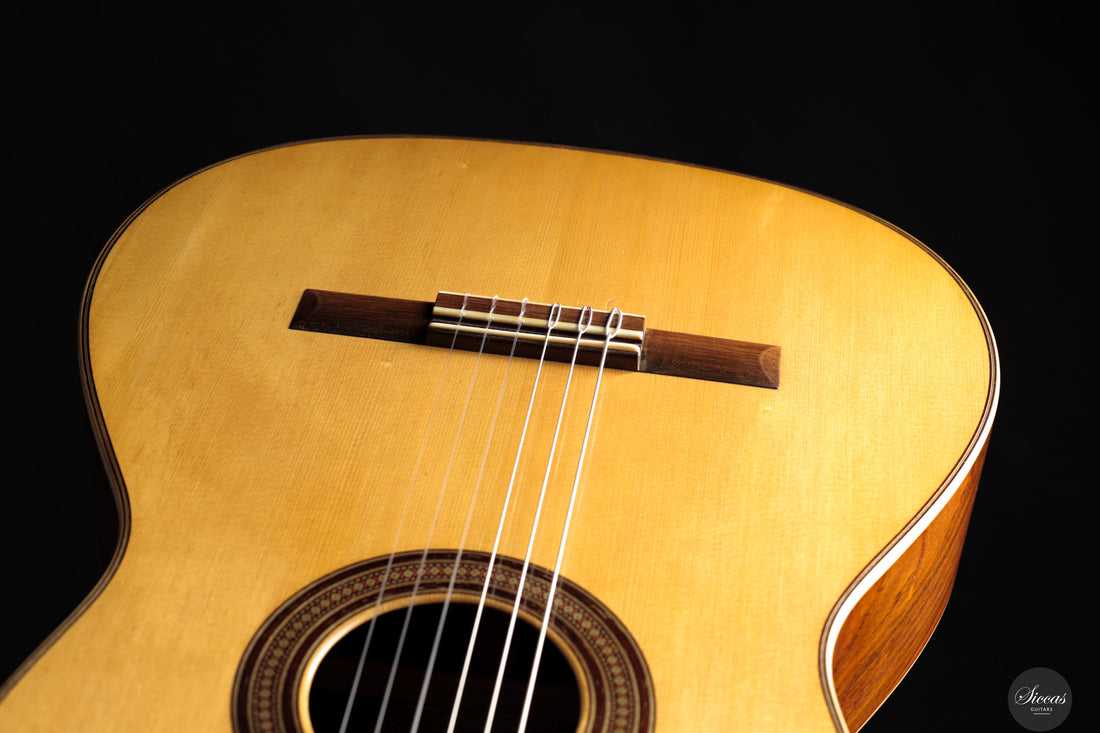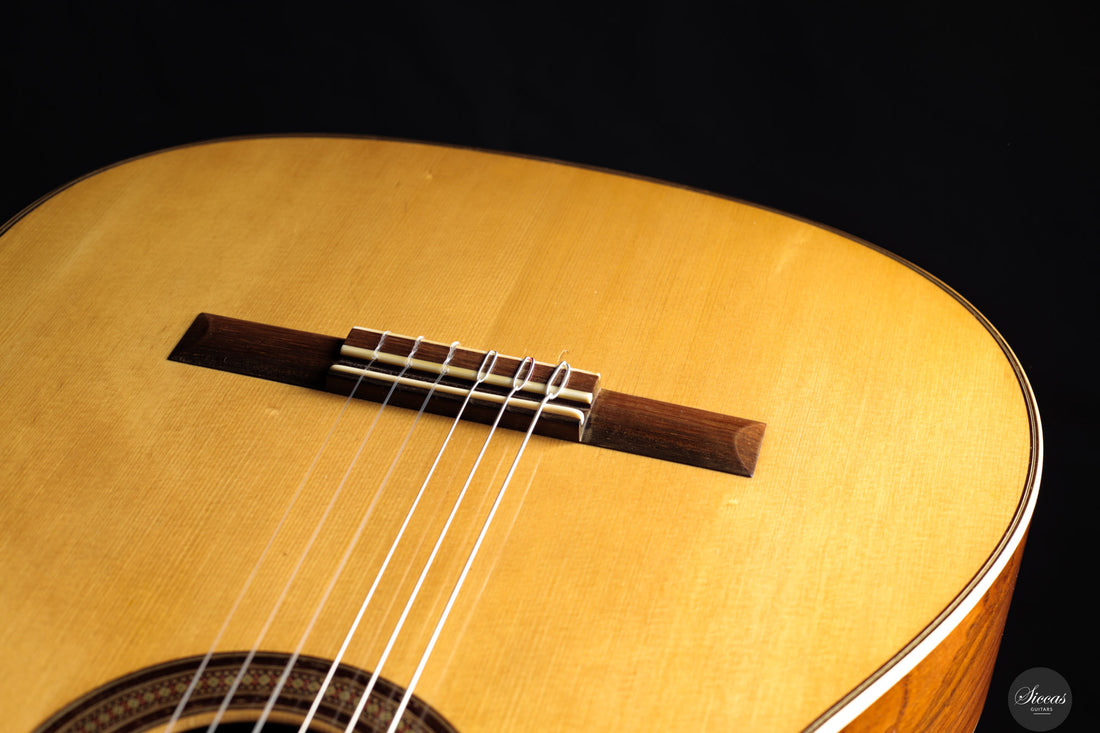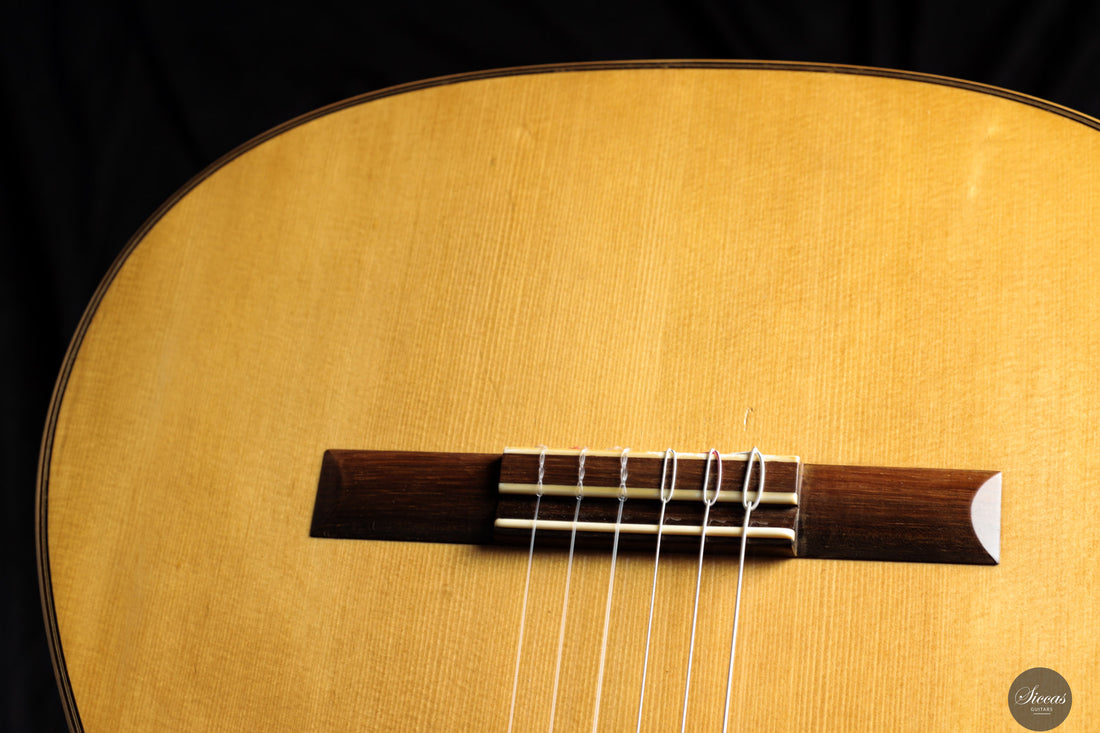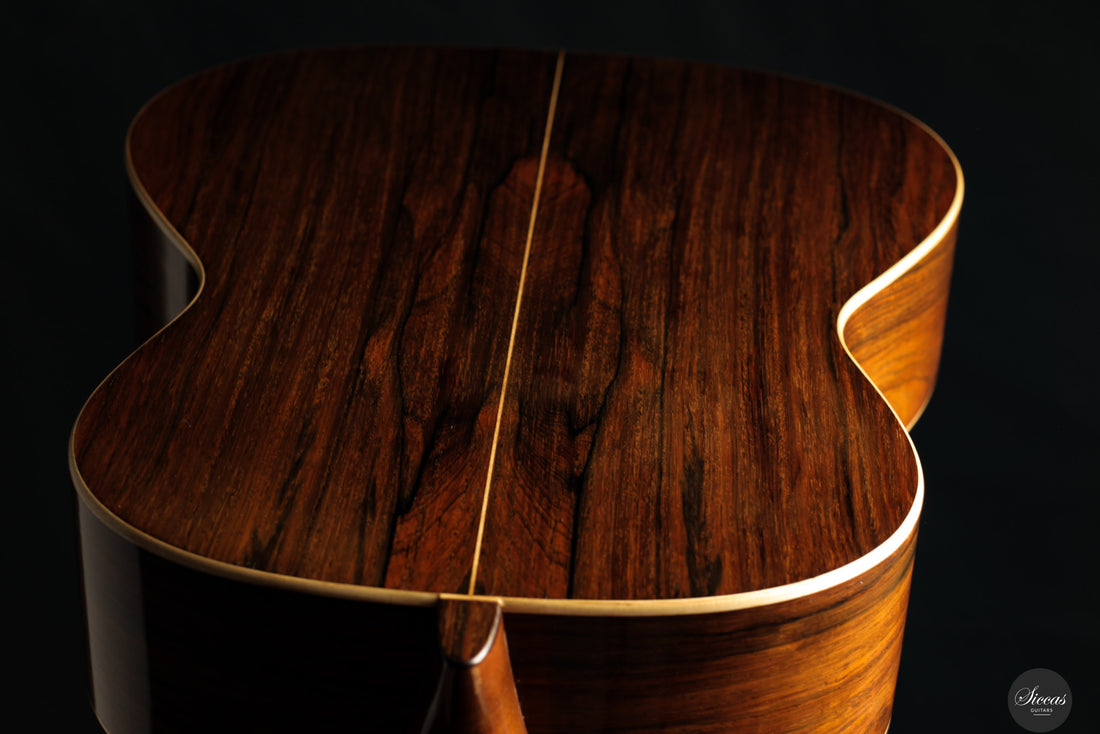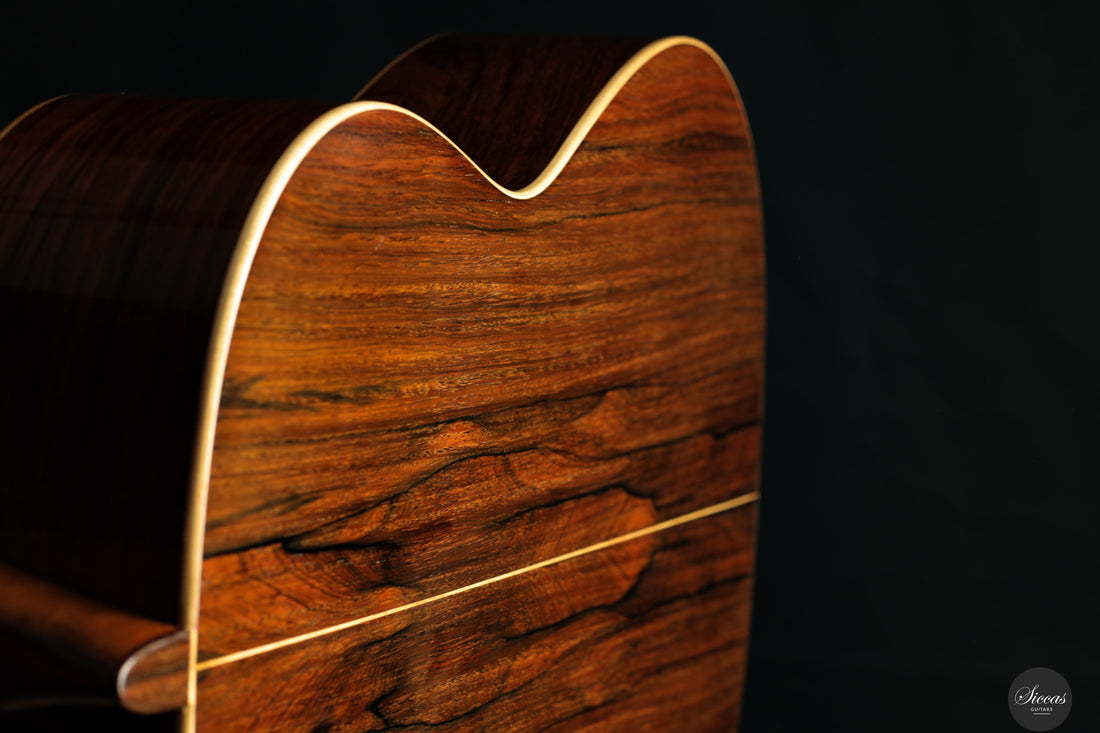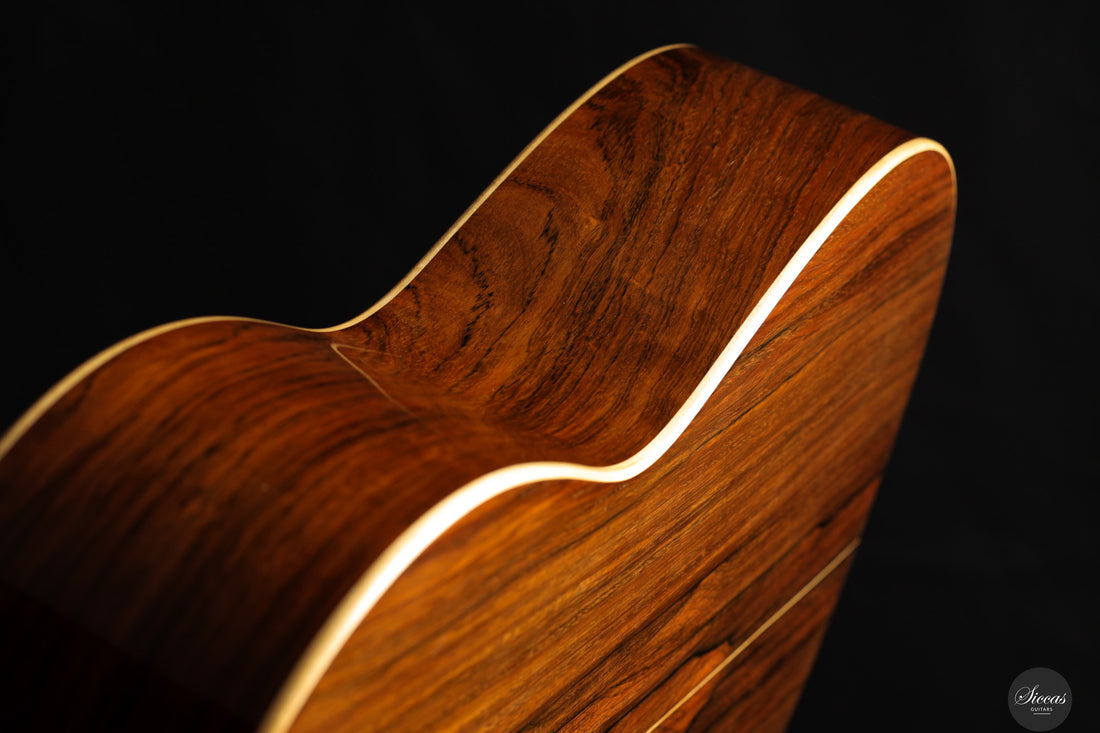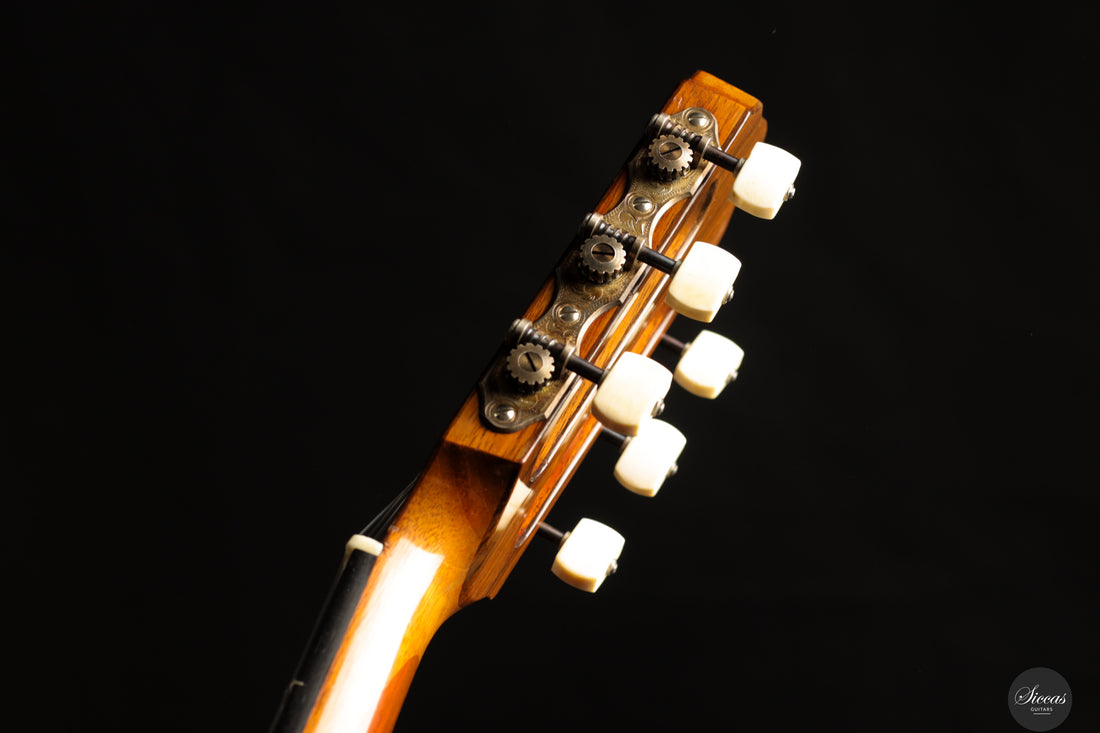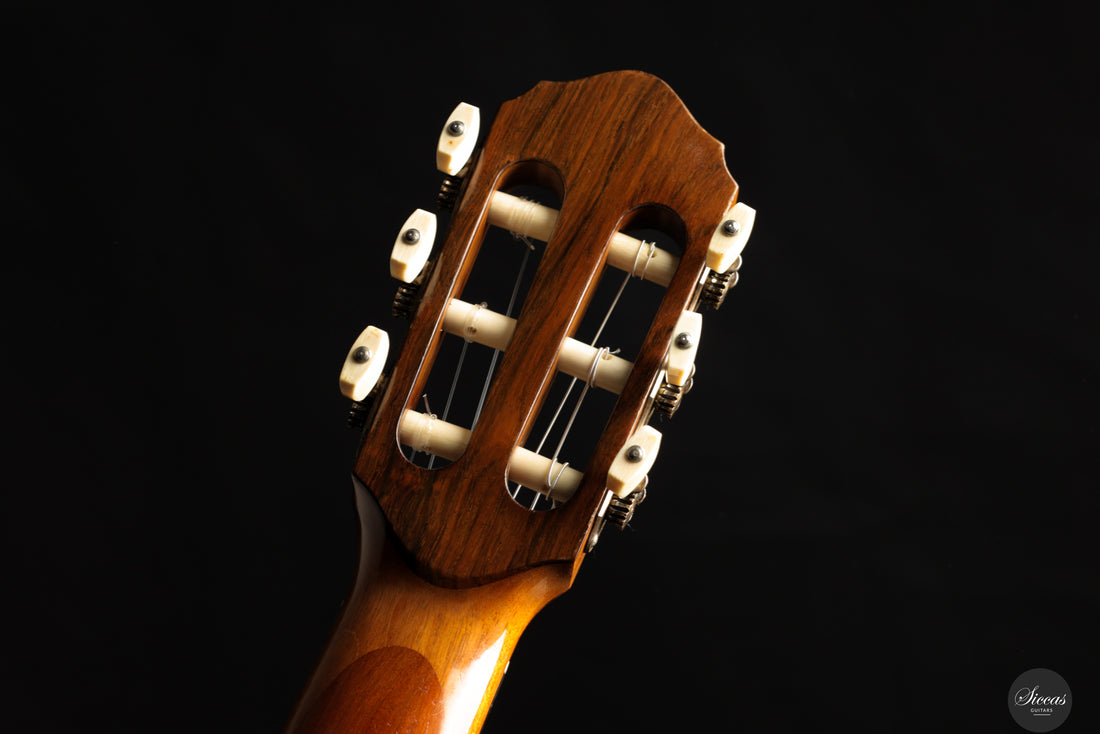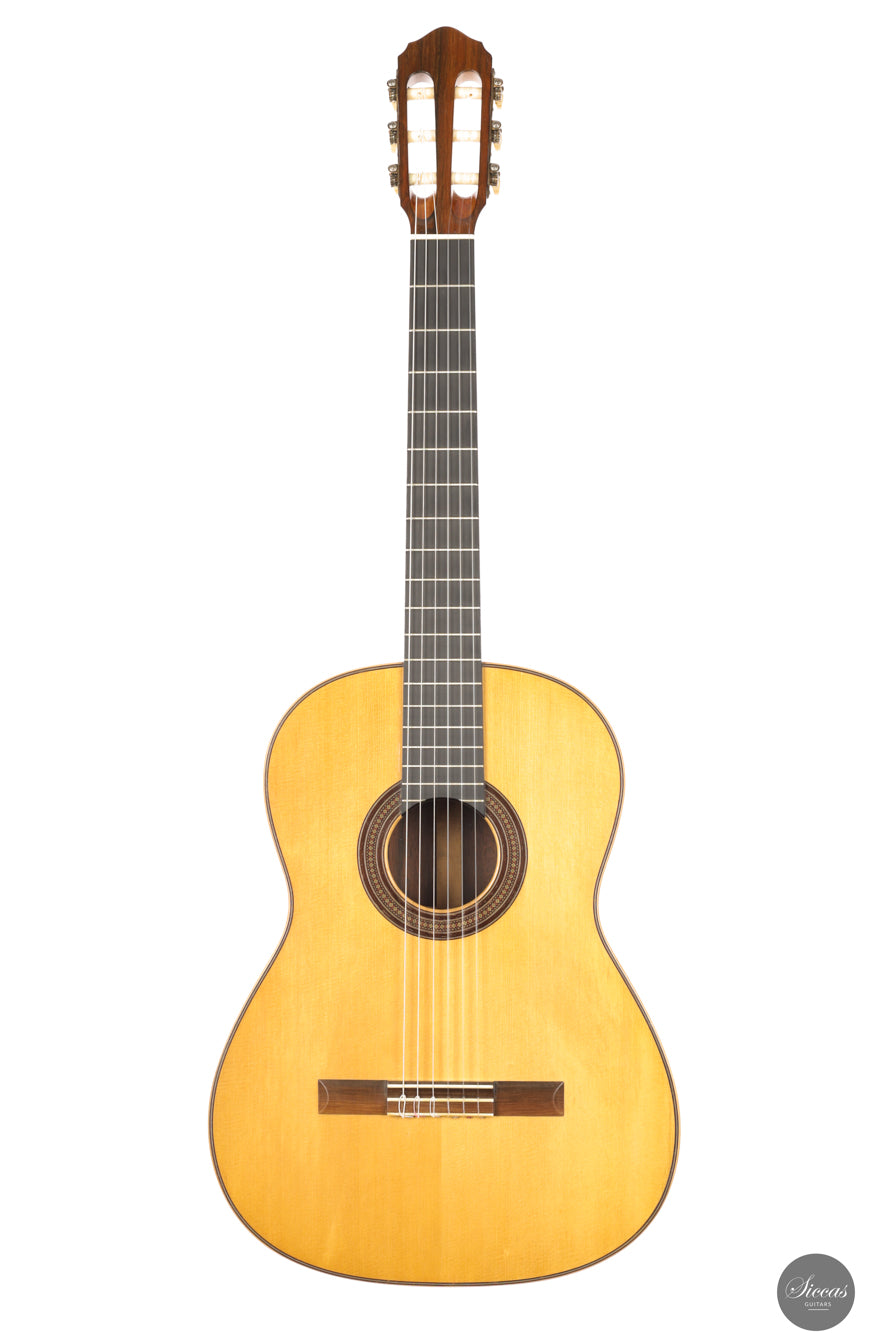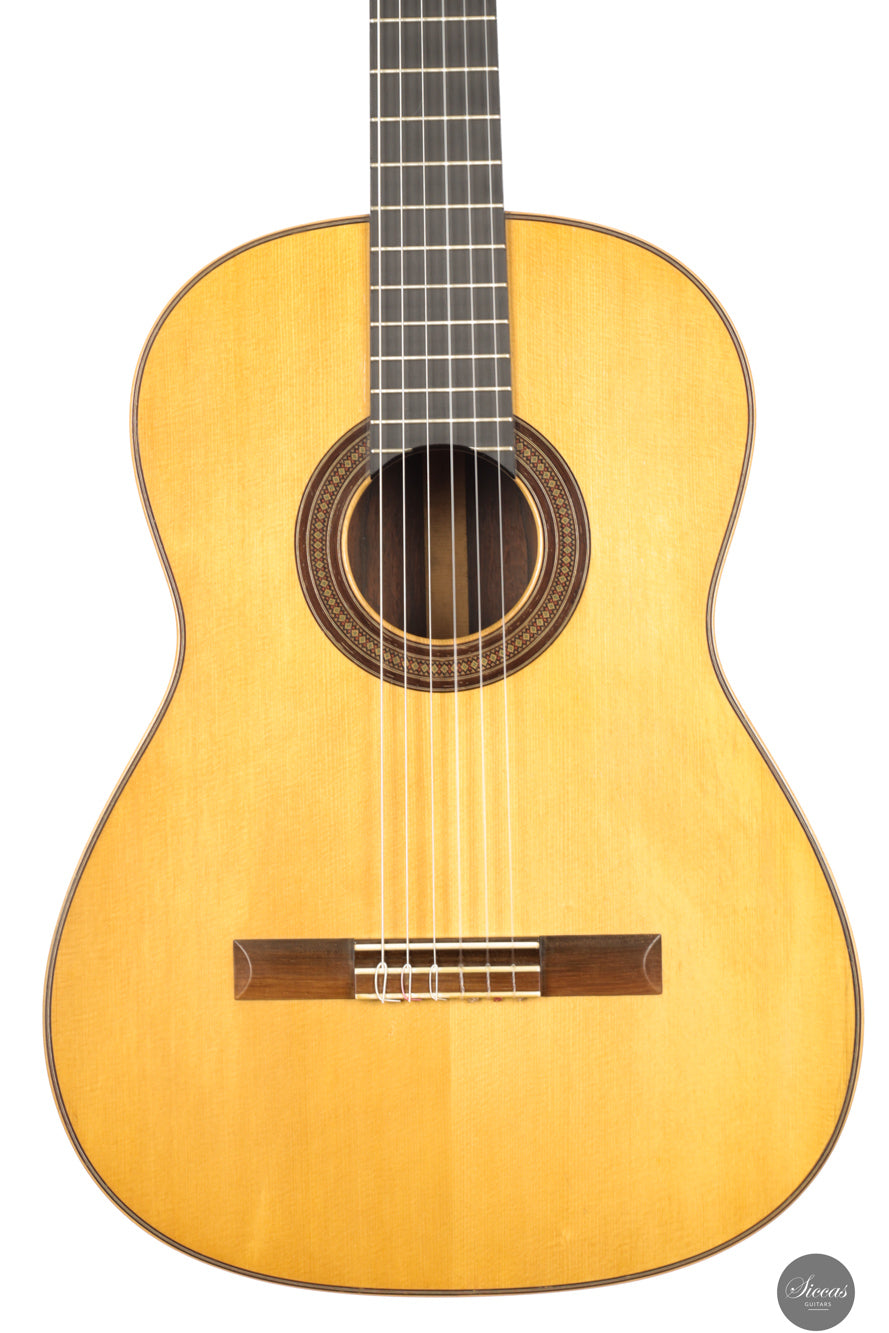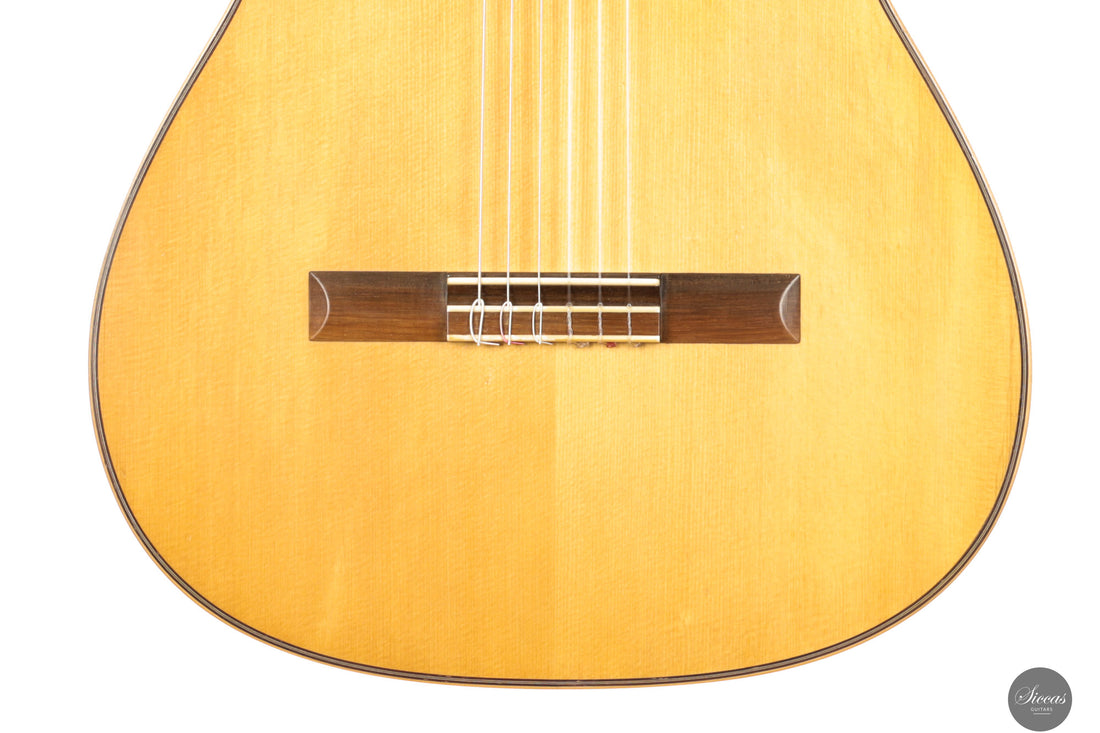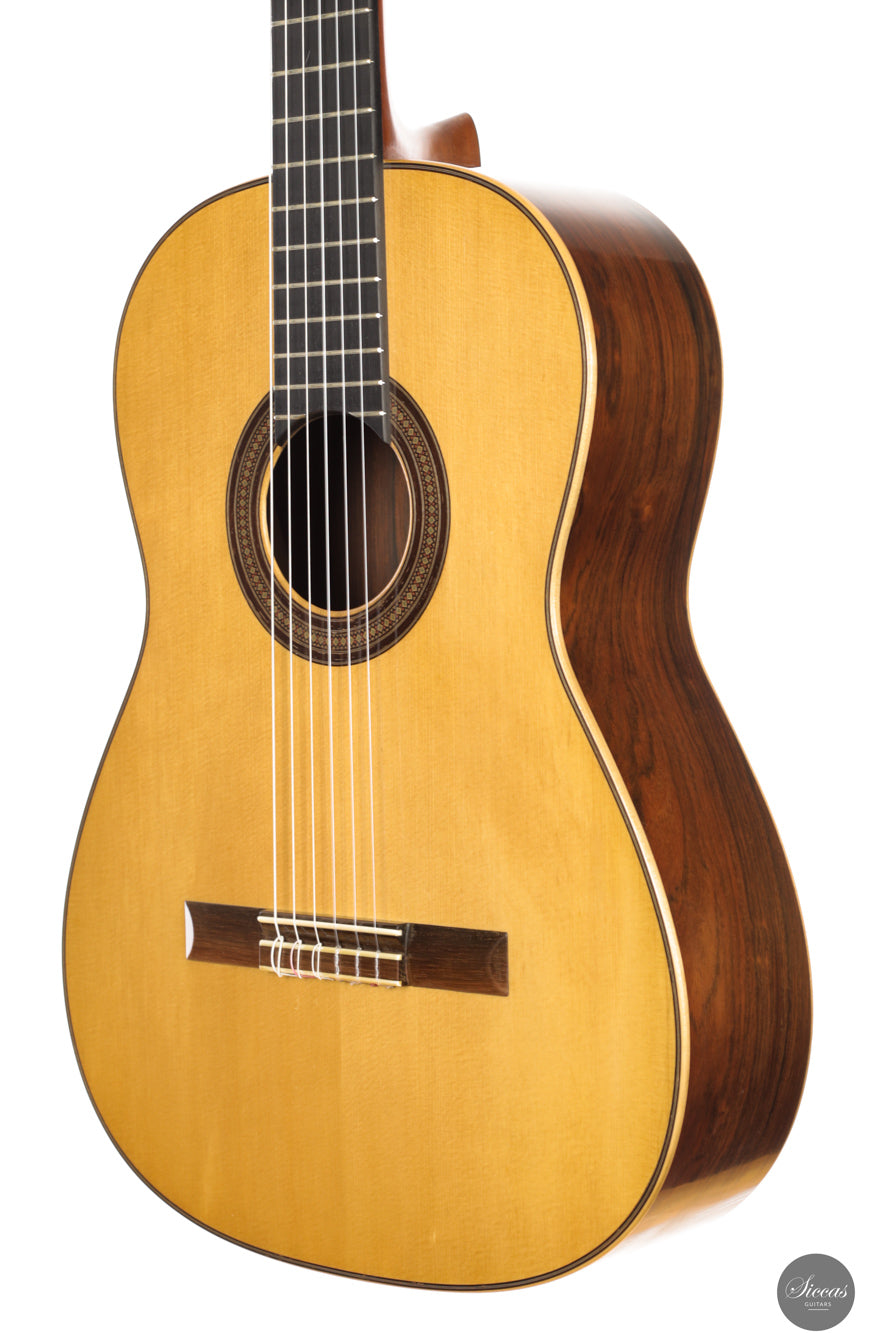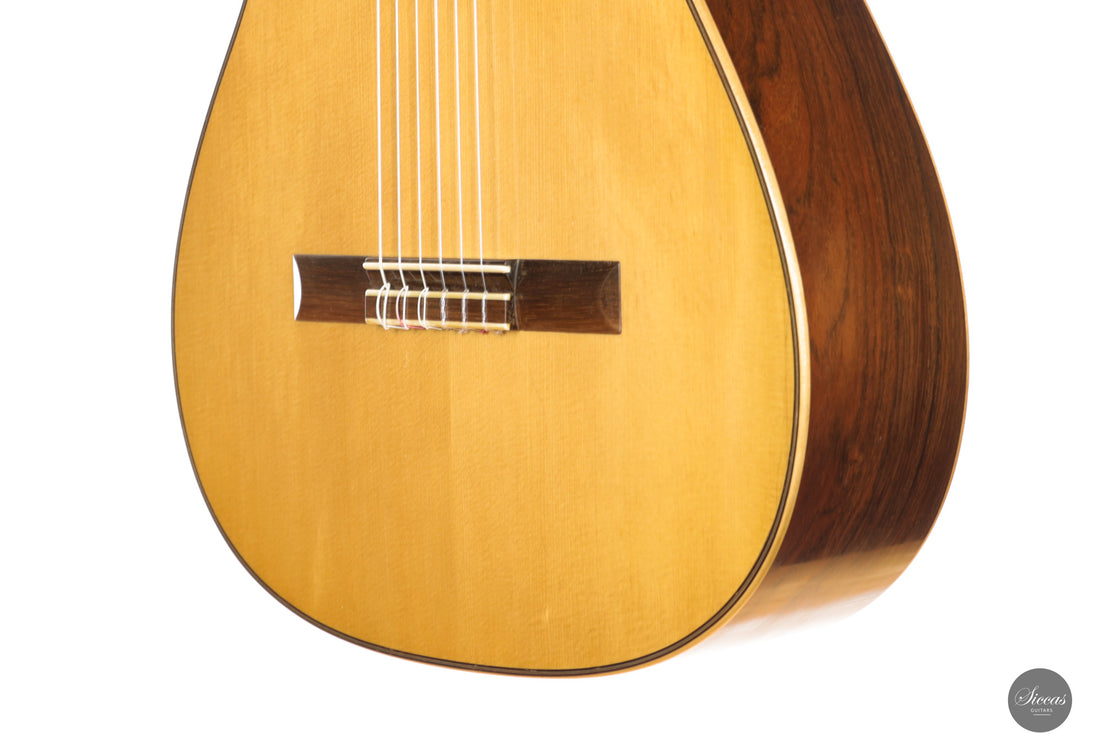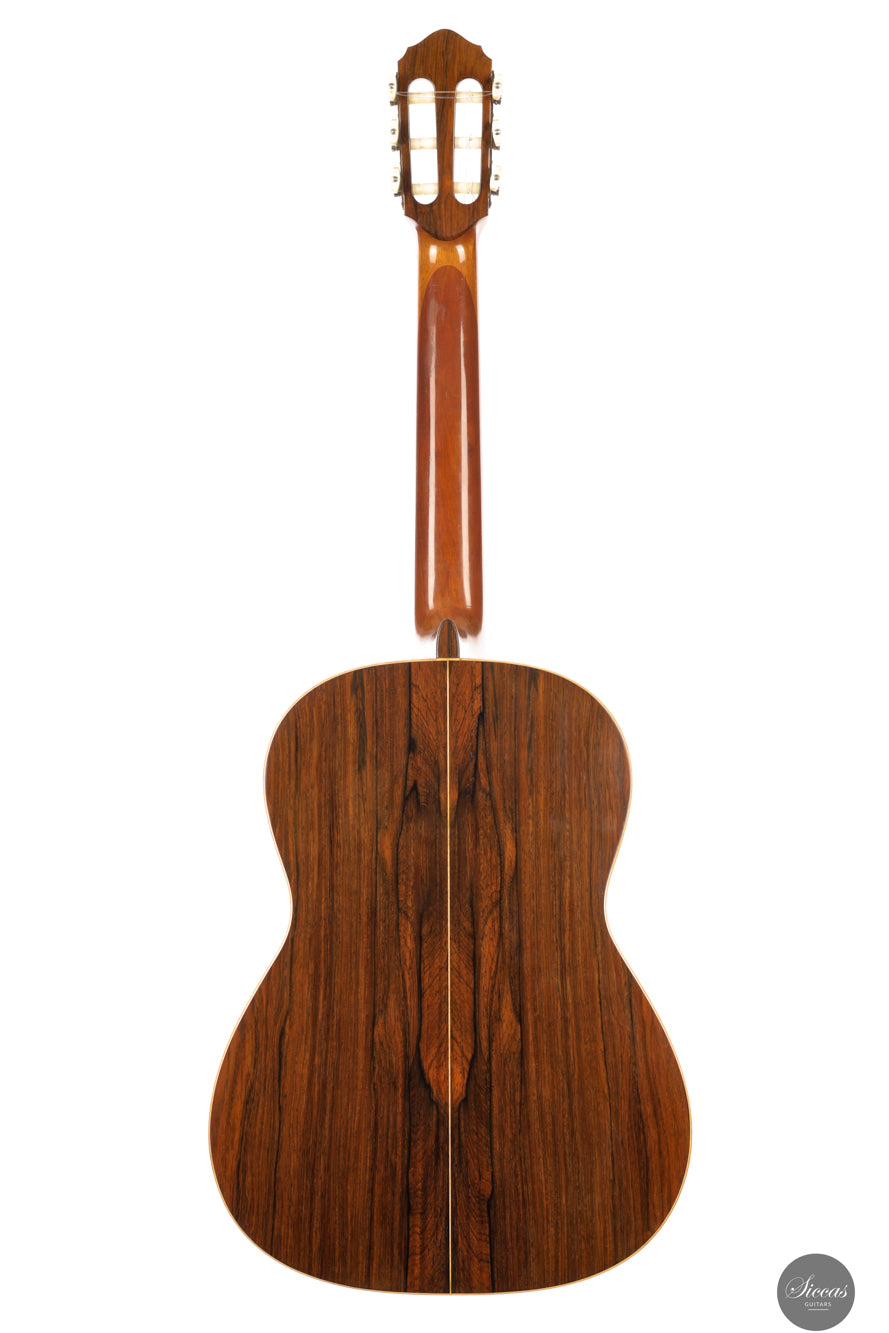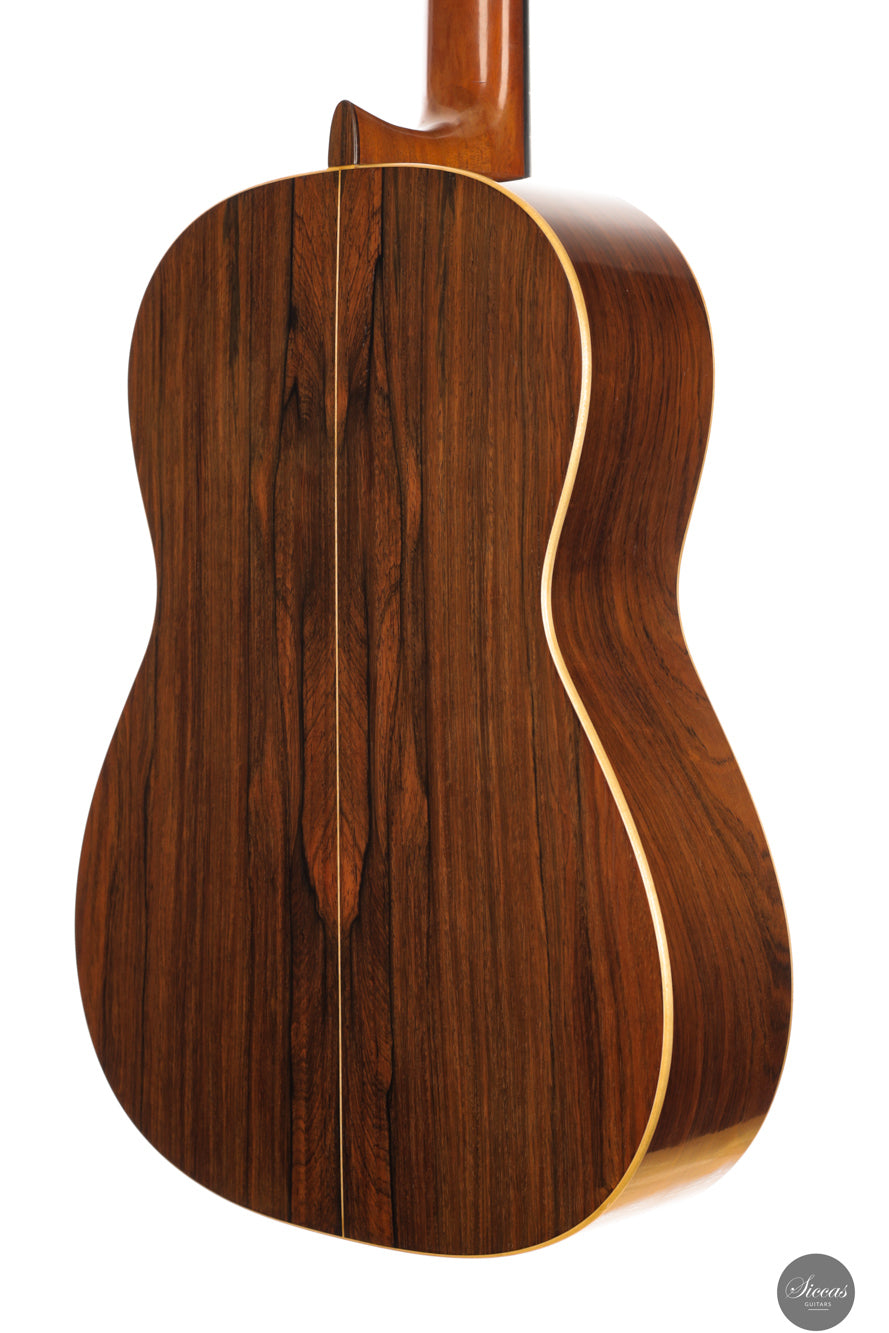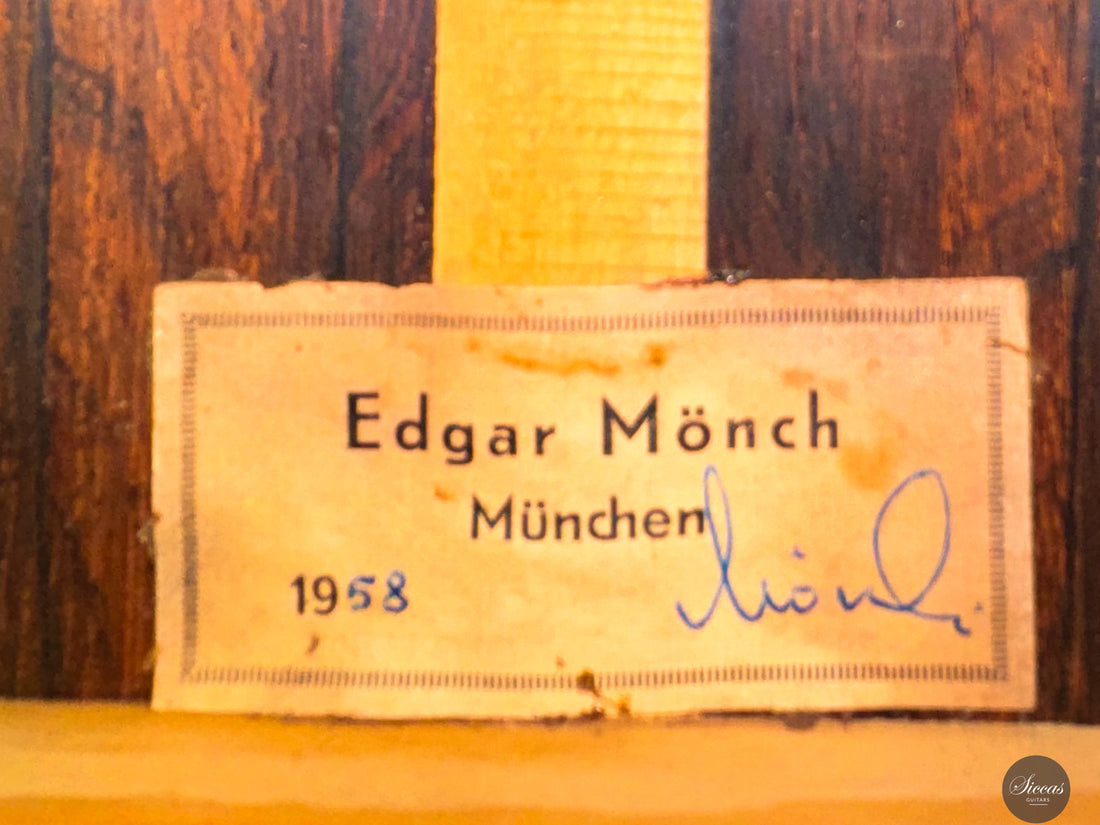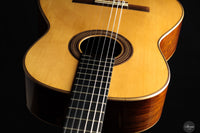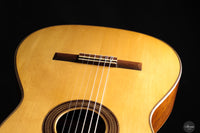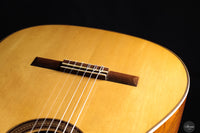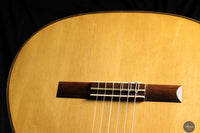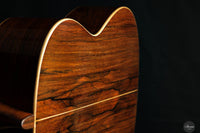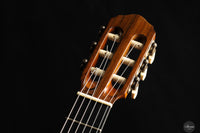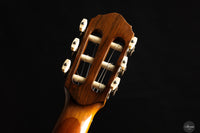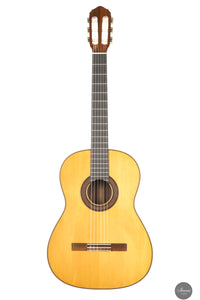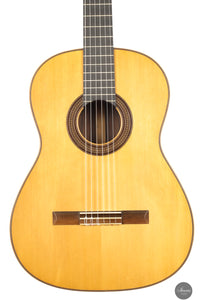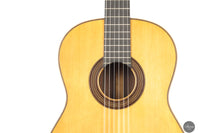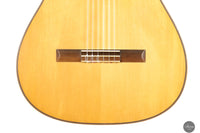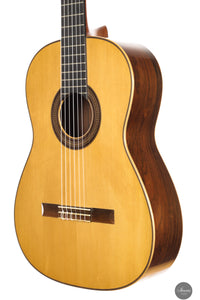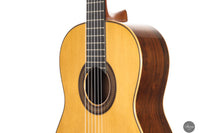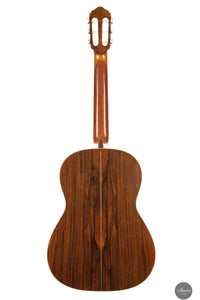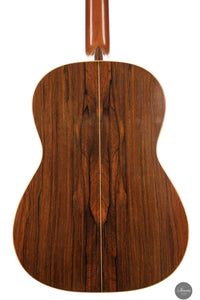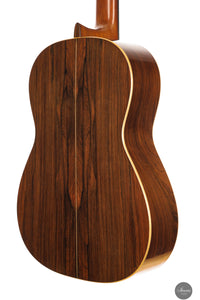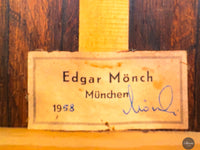Edgar Mönch - 1958
Edgar Mönch - 1958
Details
Details
Overview
Overview
Shipping important note
Shipping important note
Delivery times are typically reliable and most instruments arrive within the estimated timeframe.
Should any unexpected delay occur, our team will keep you informed and provide support at every step. For all shipping details and exceptions, please see our Shipping Policy.
Details about GPSR
Details about GPSR
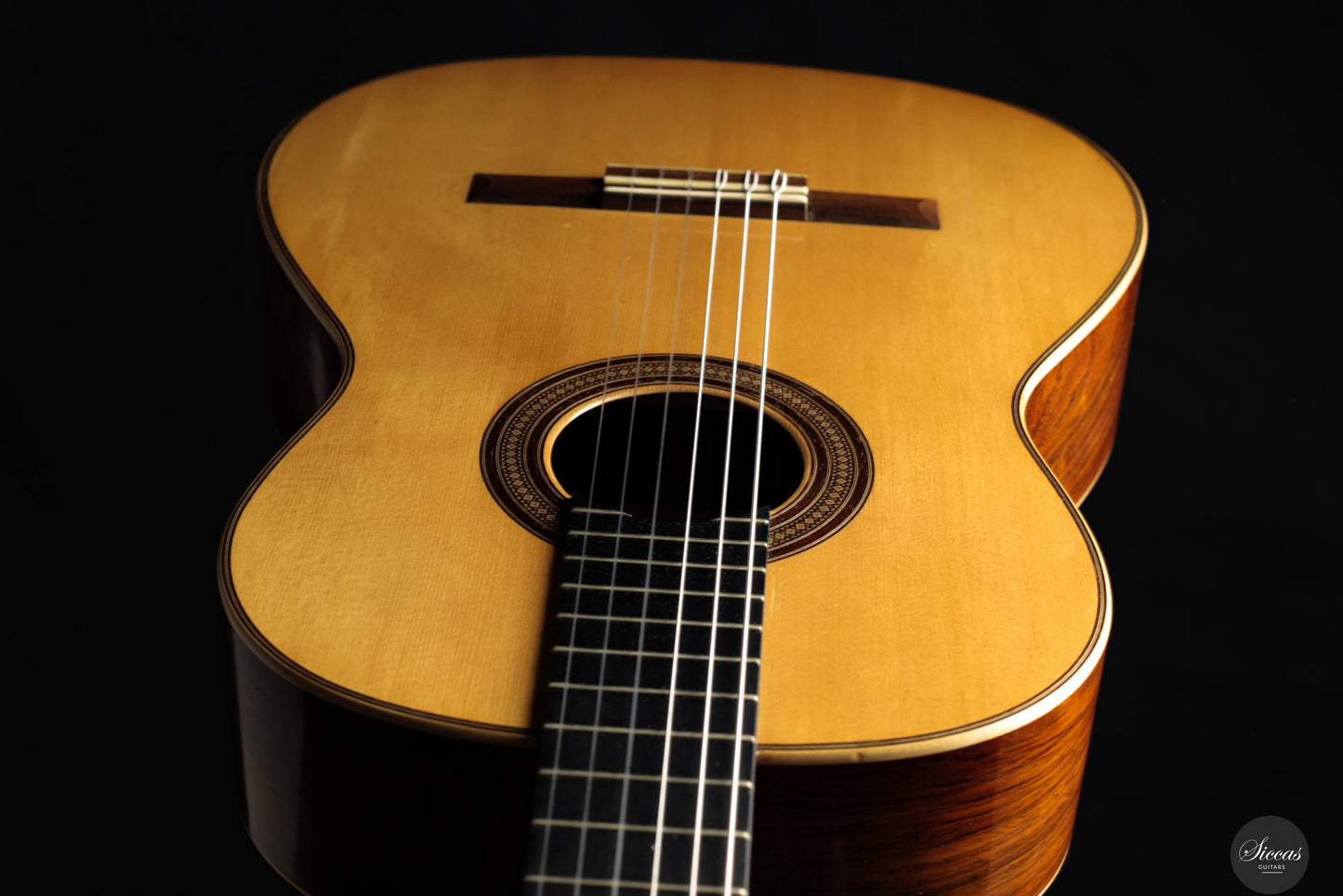
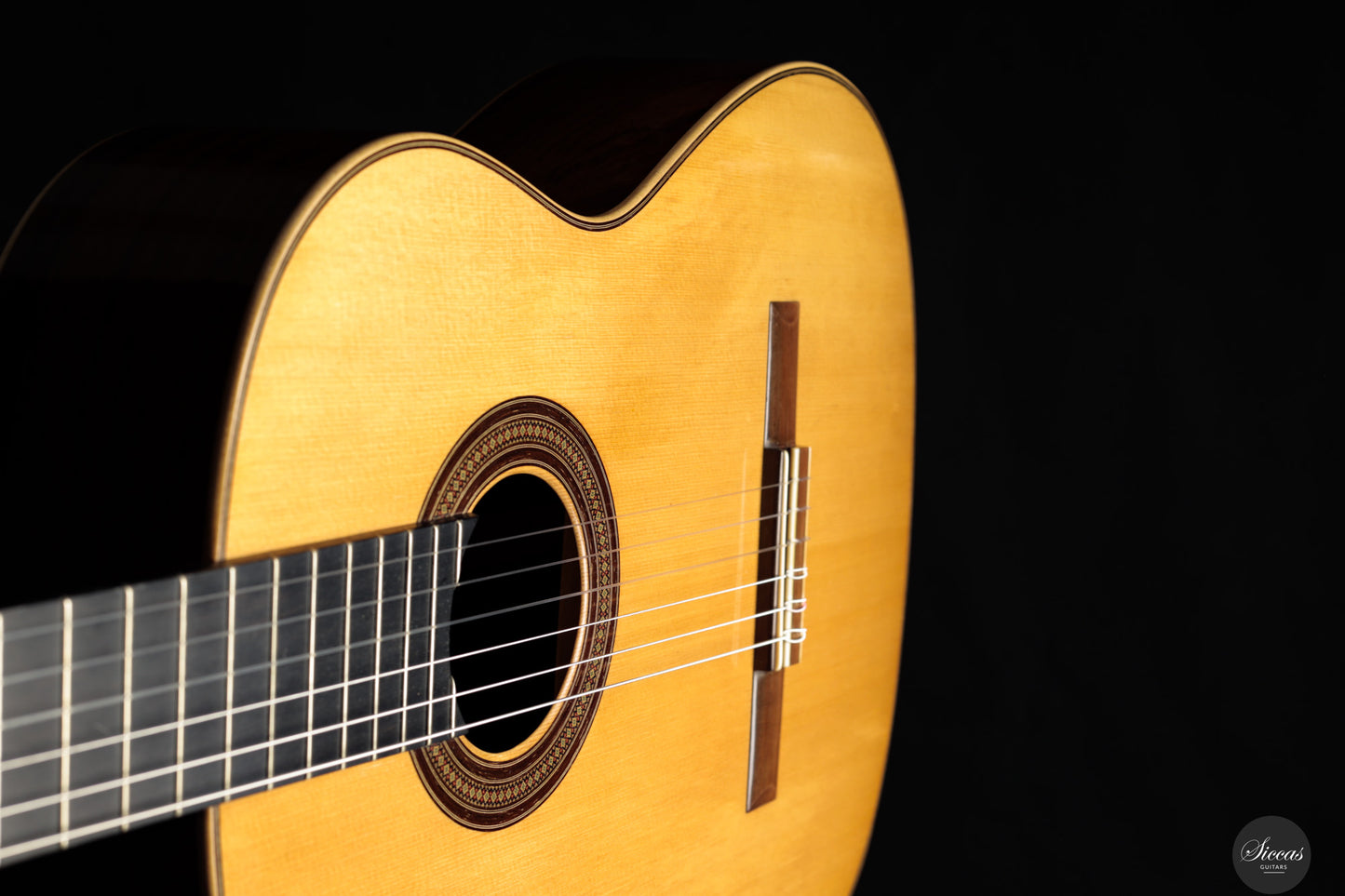
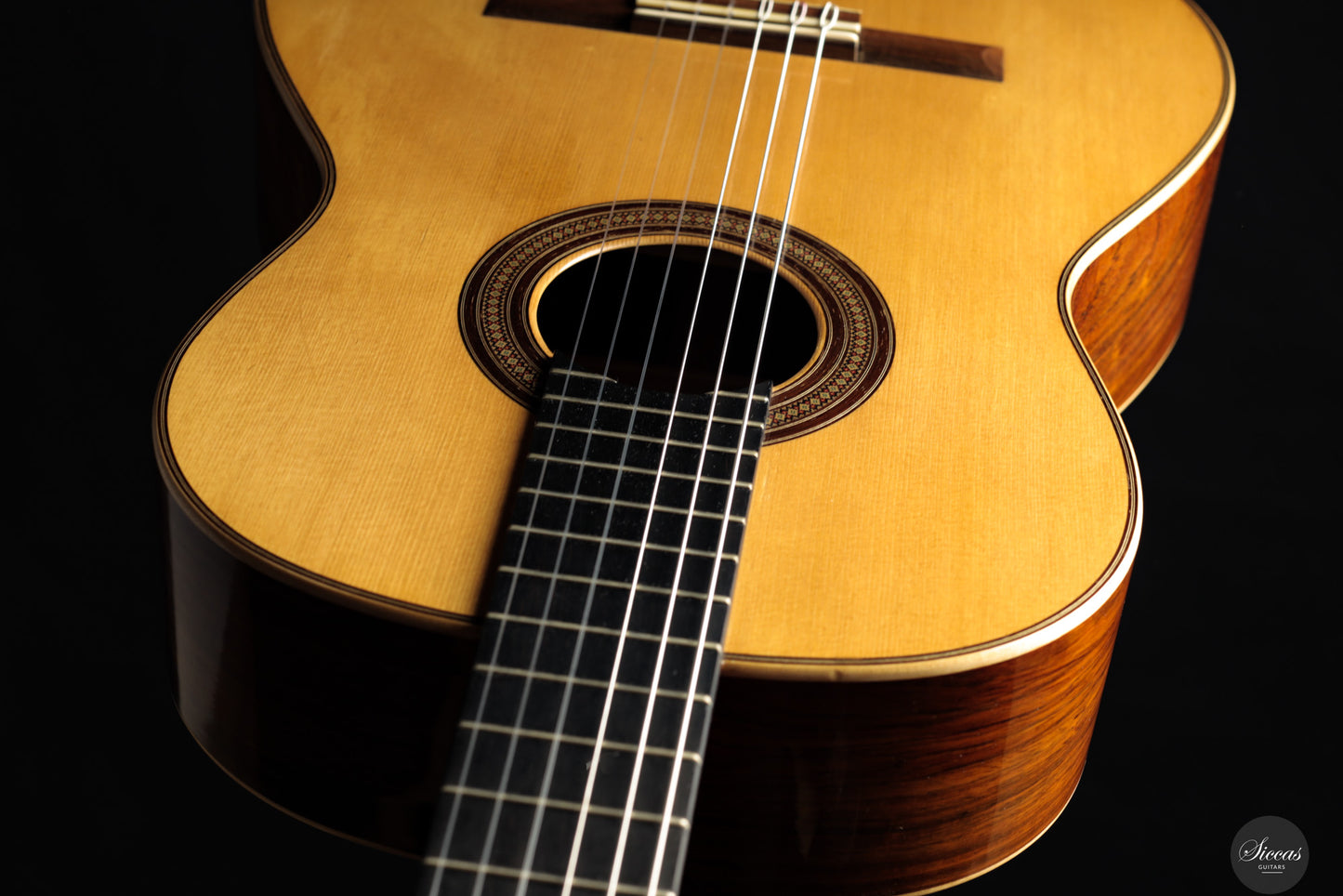
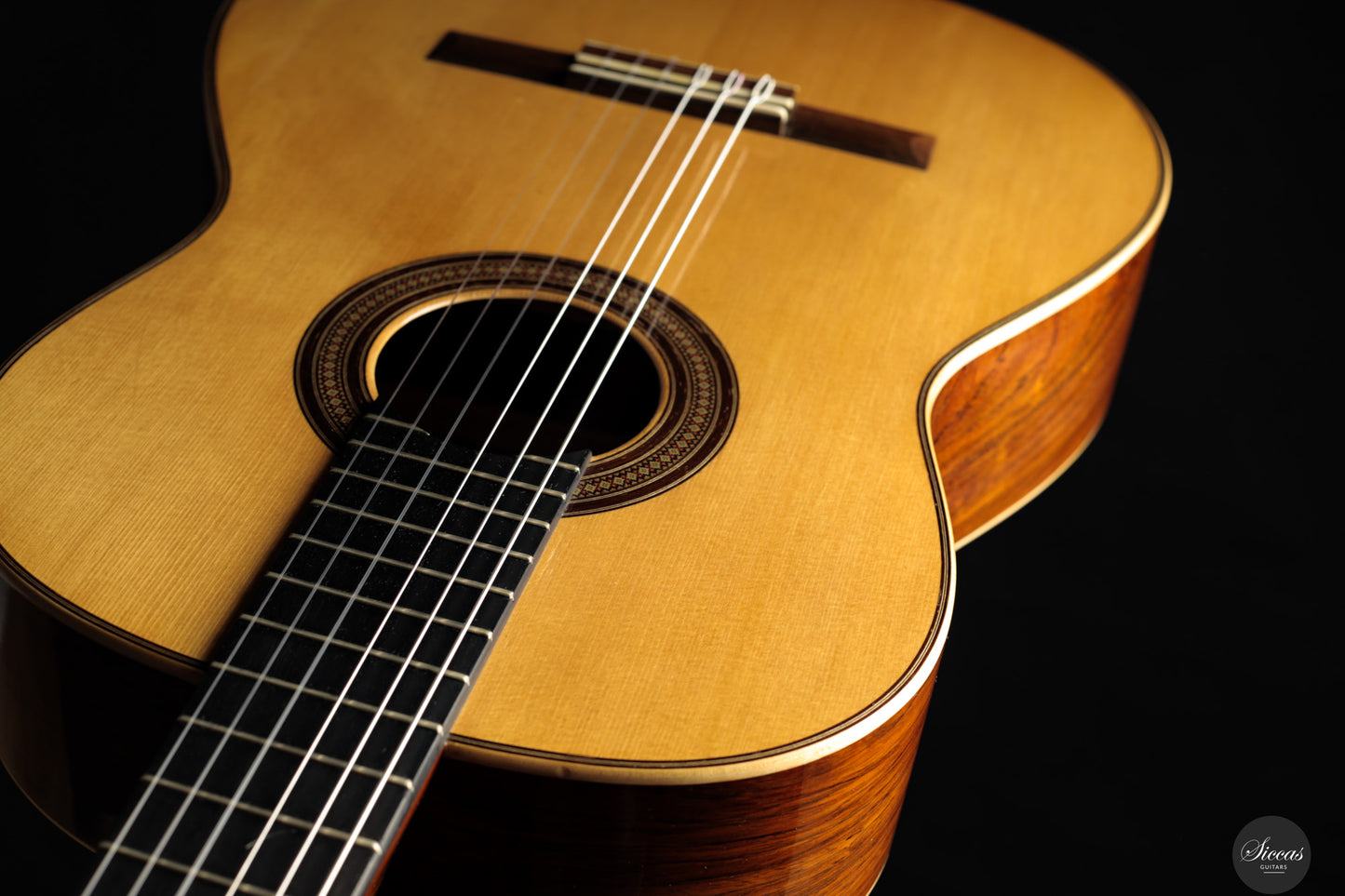
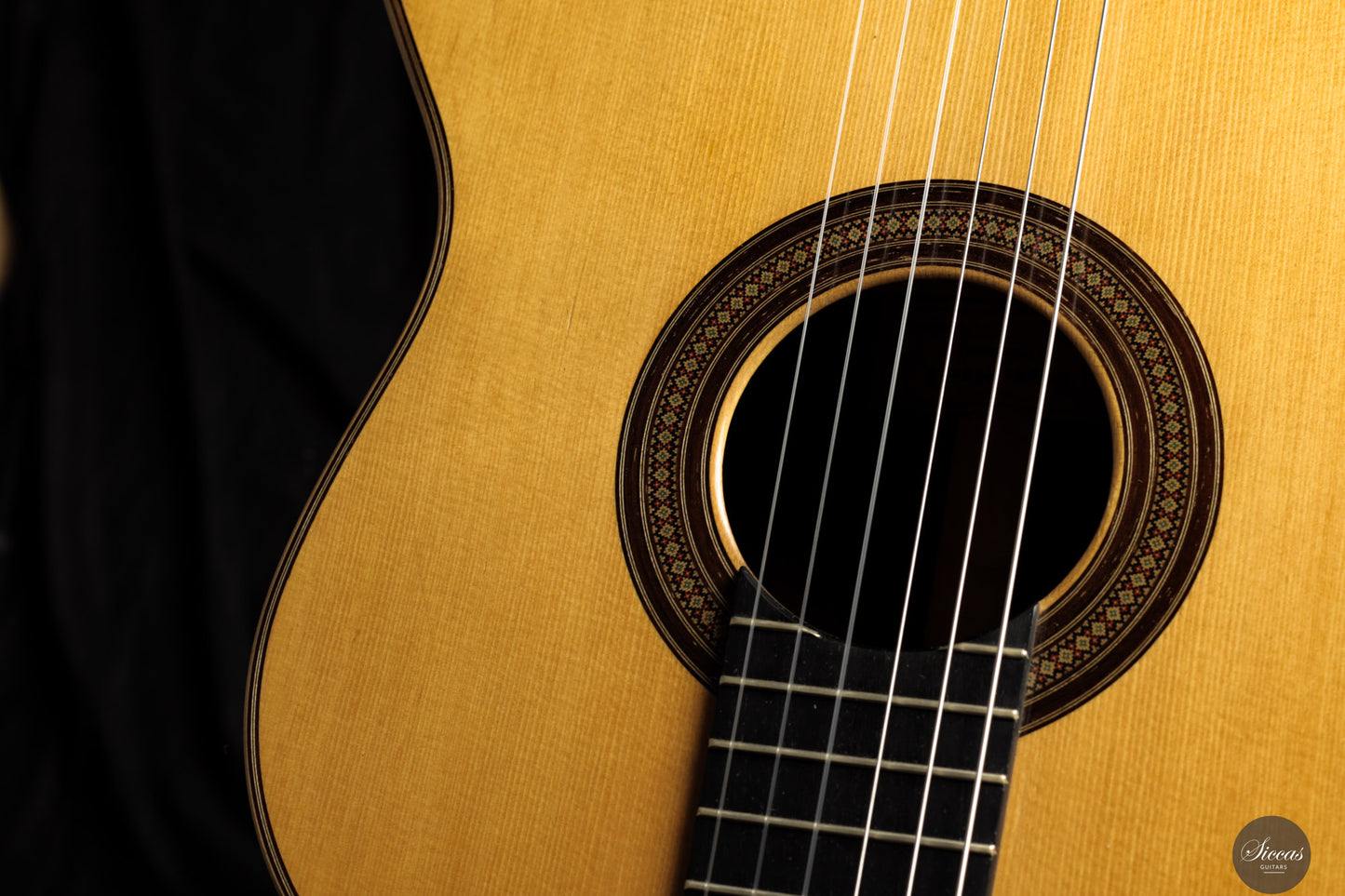
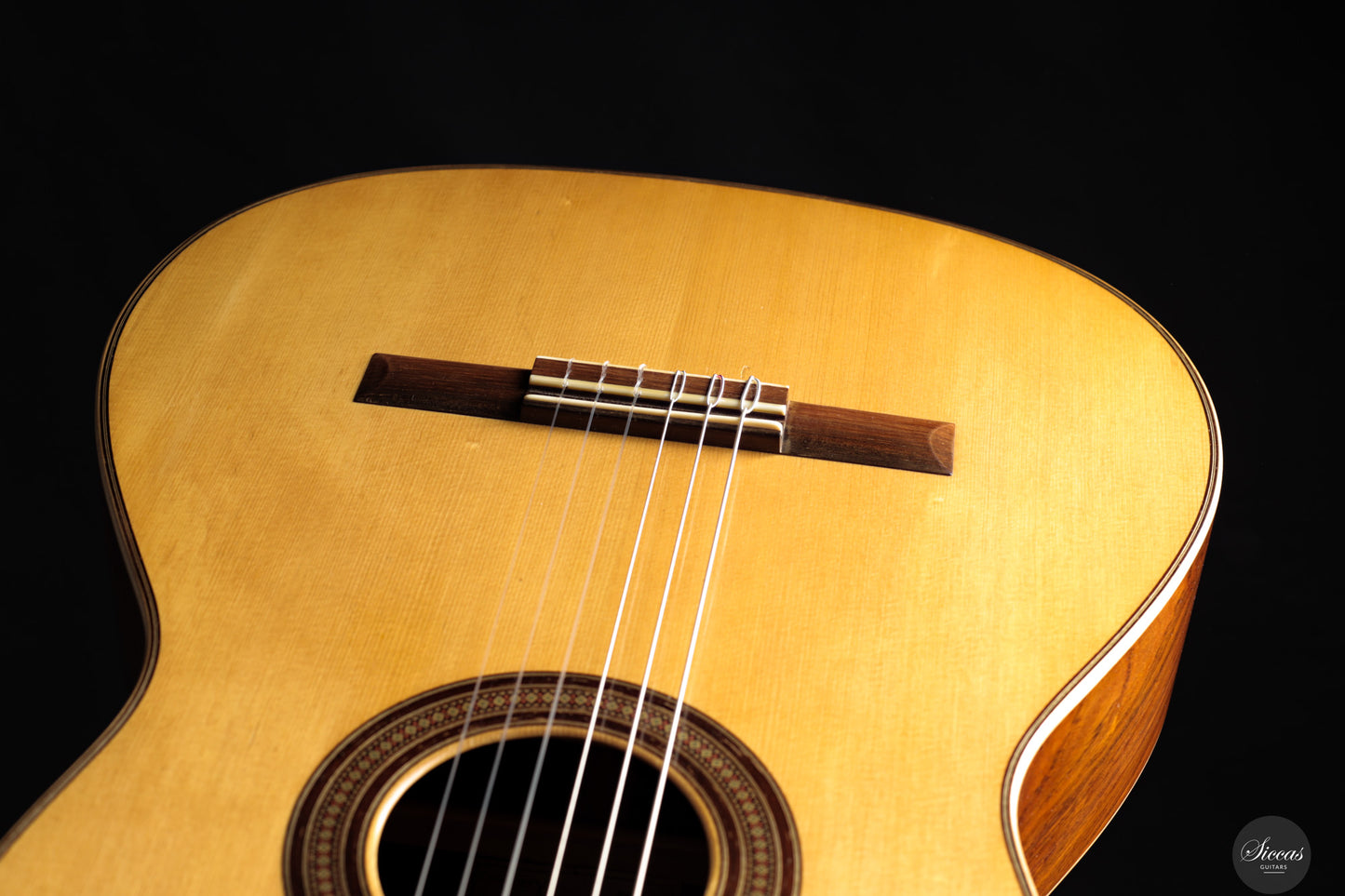
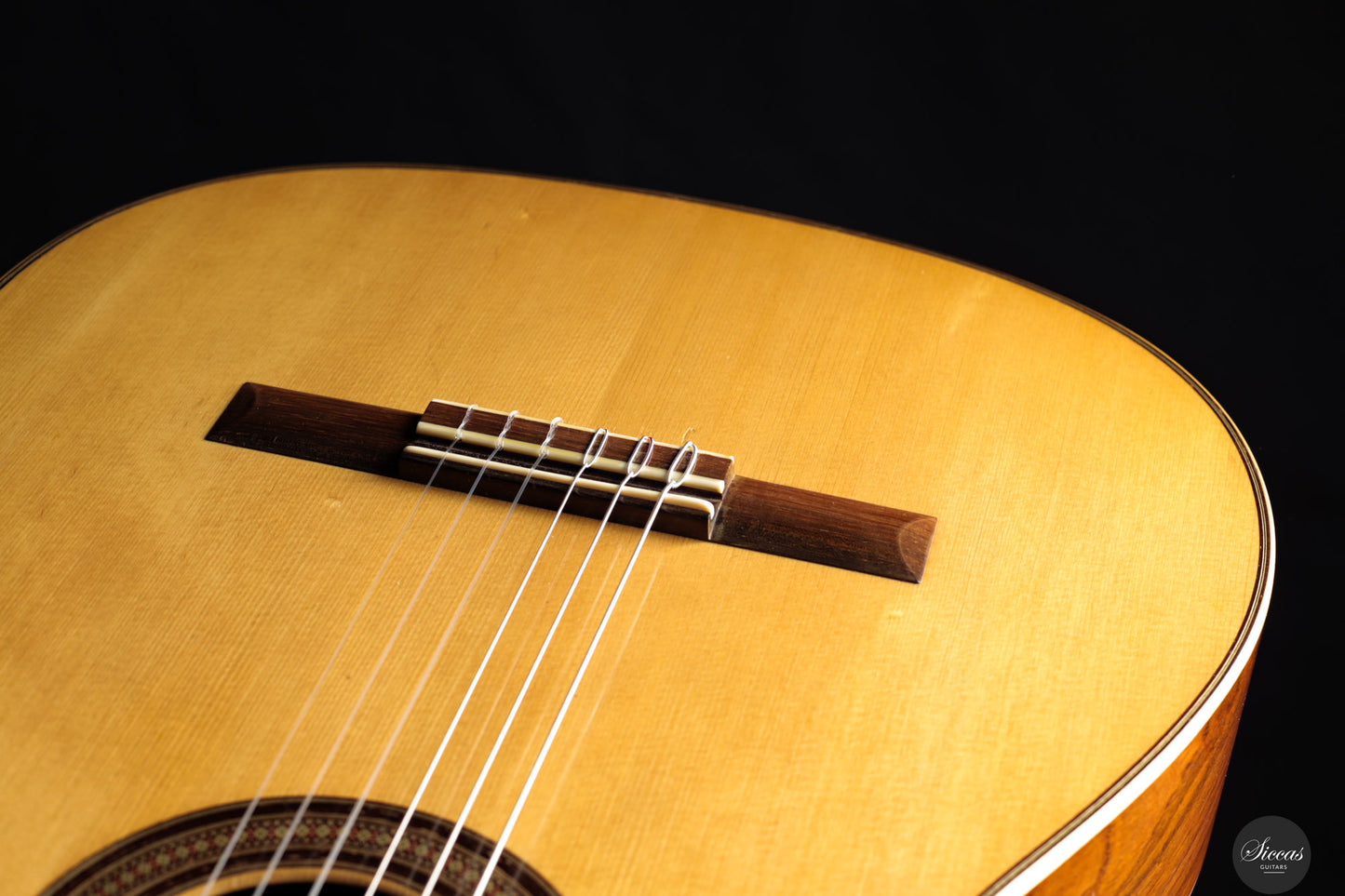
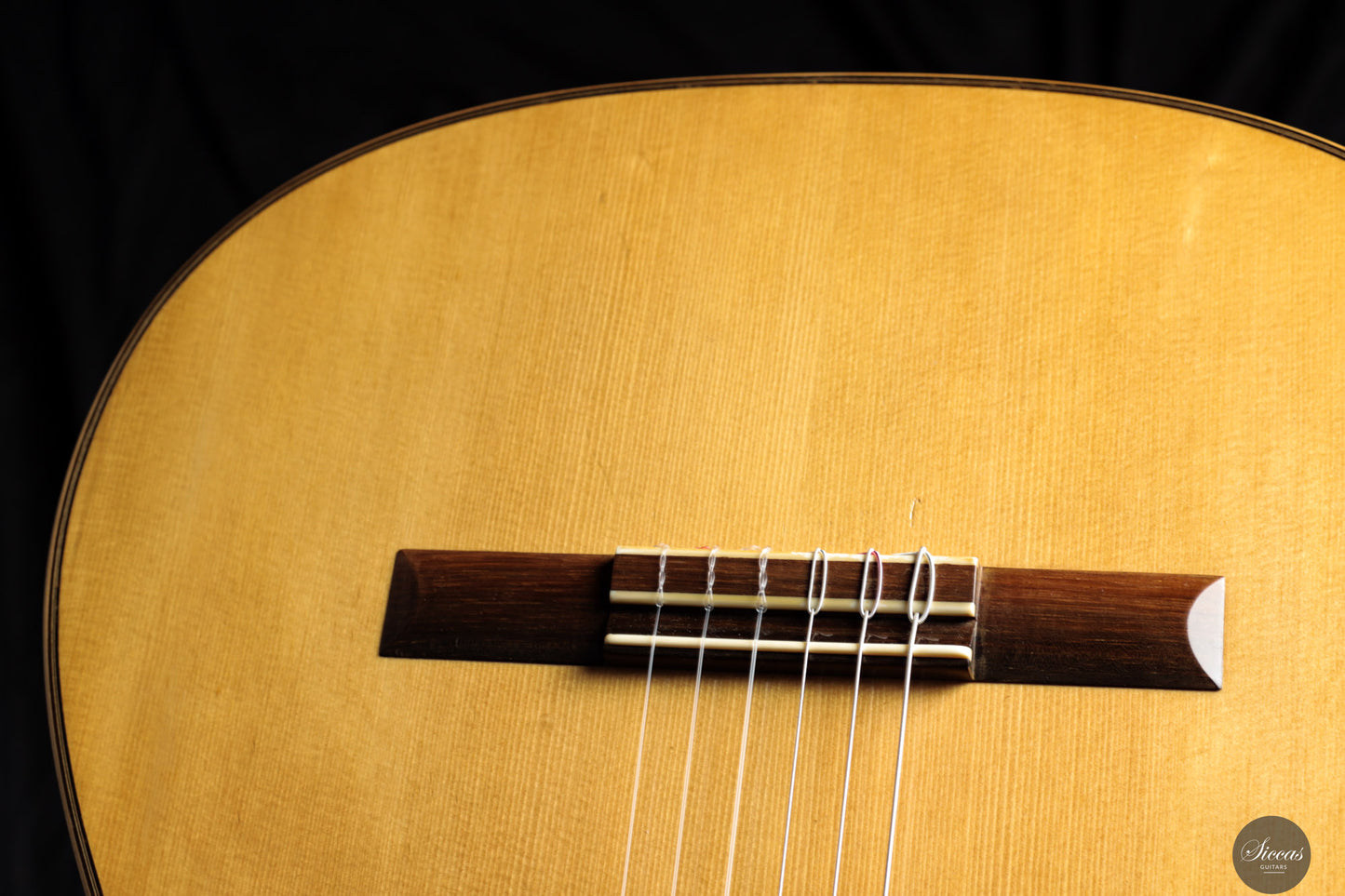
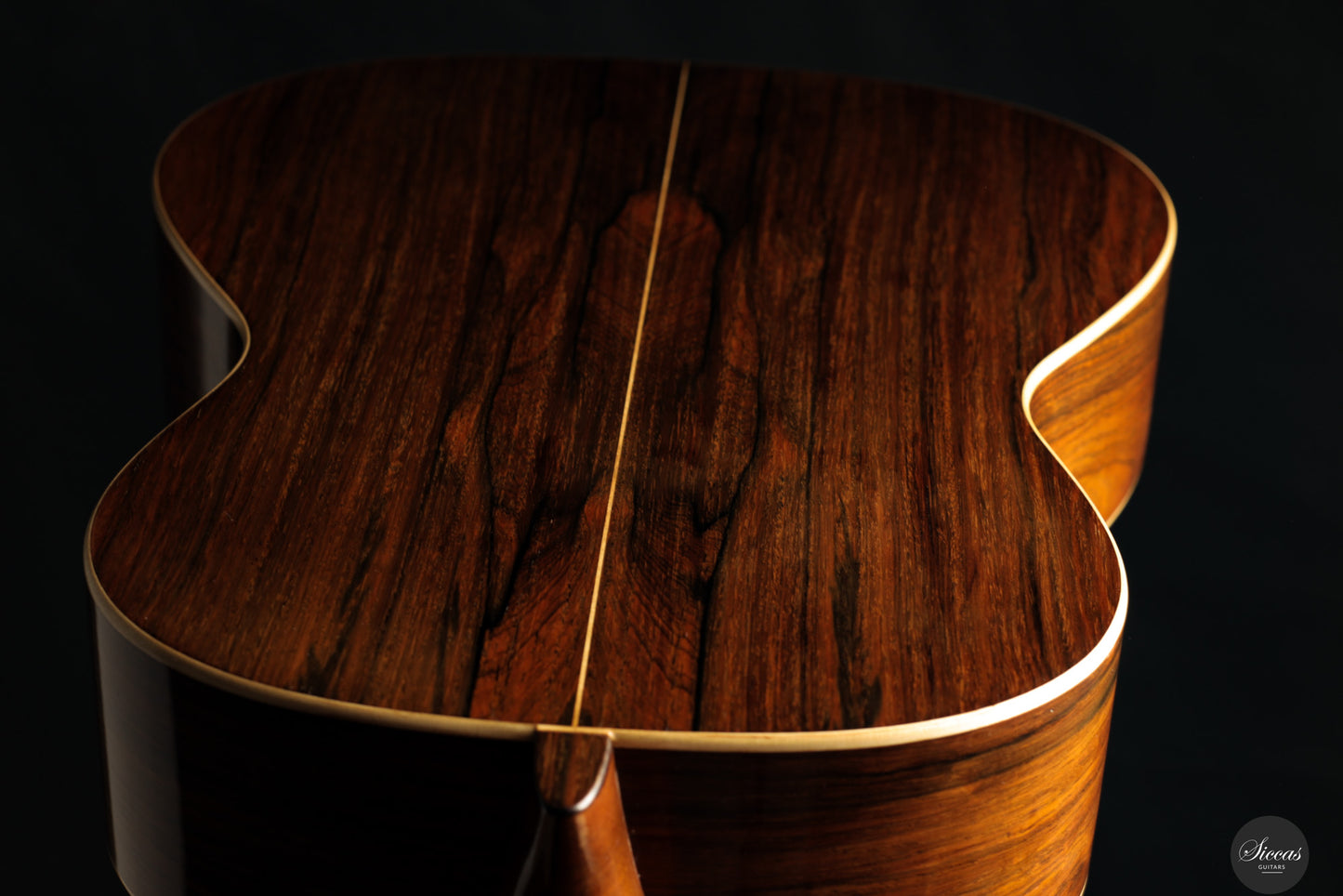
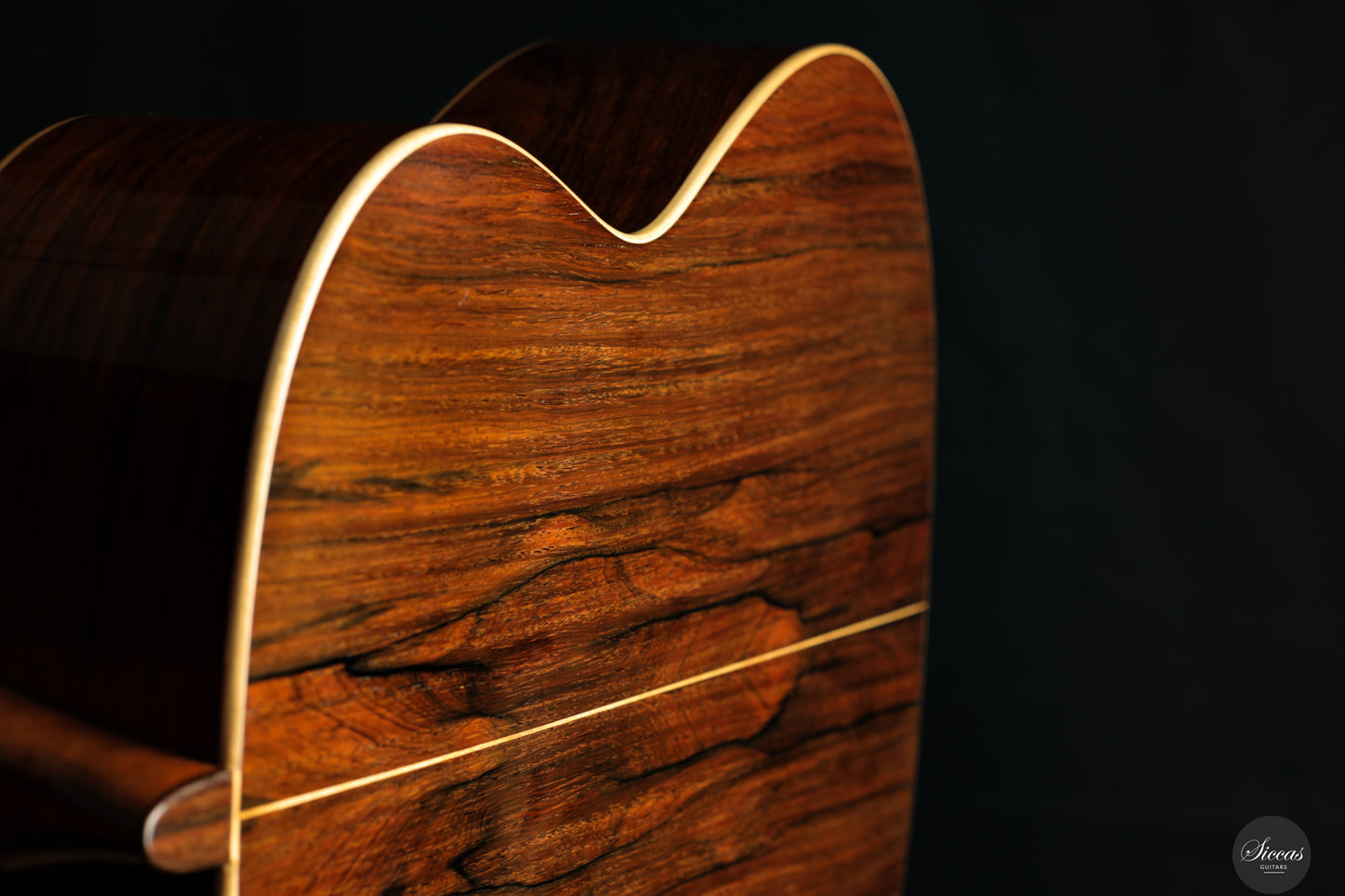
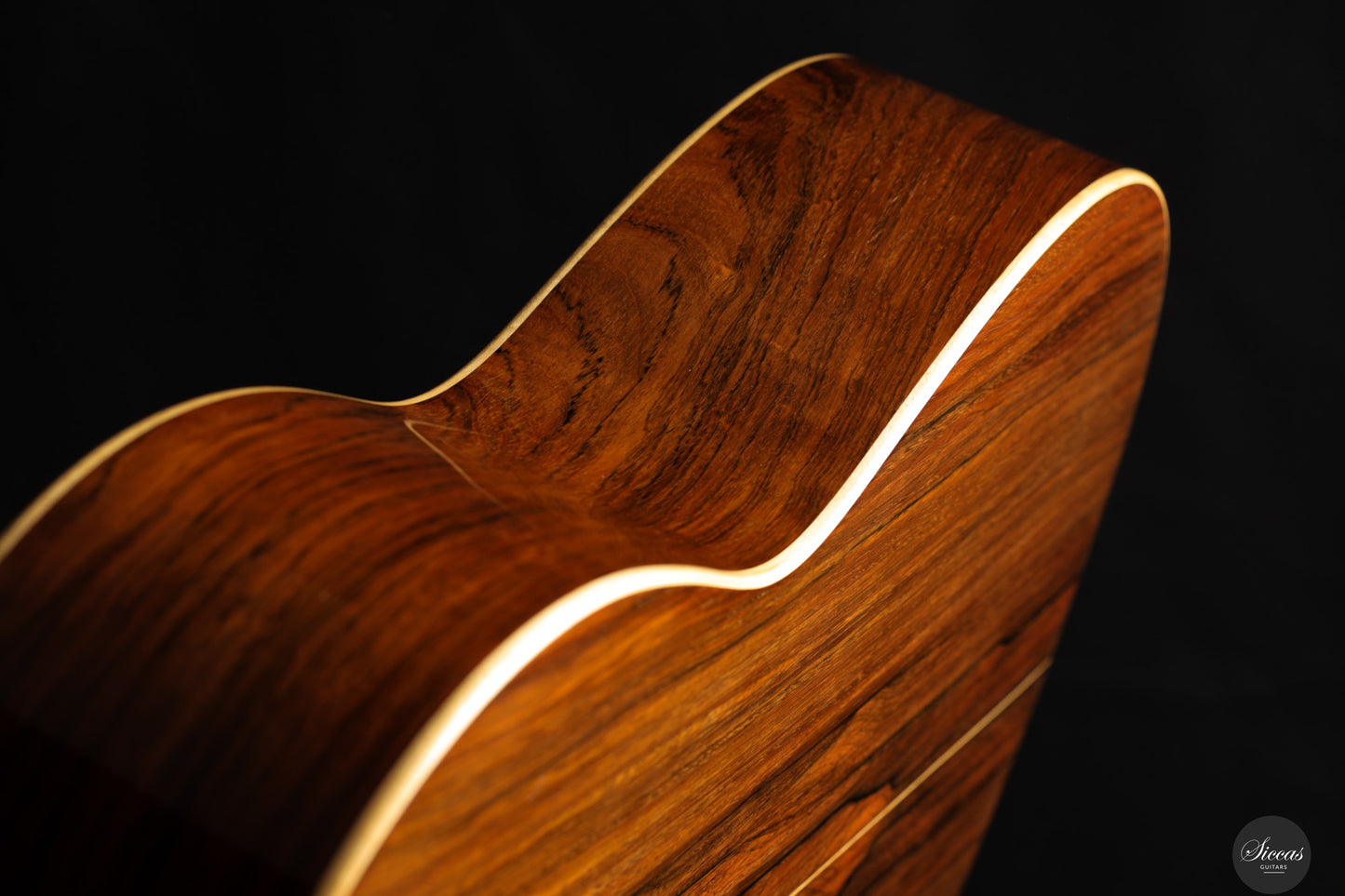
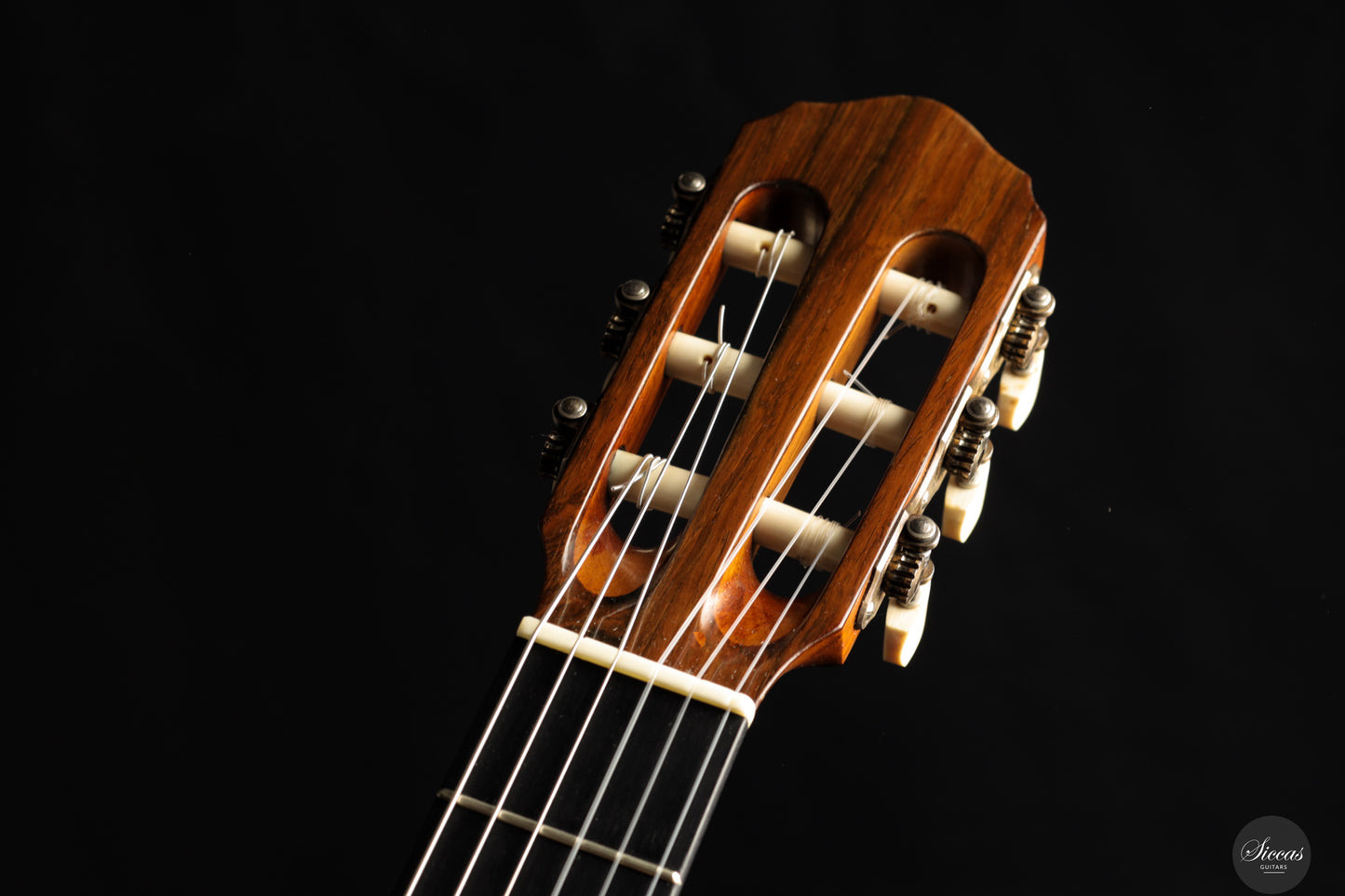
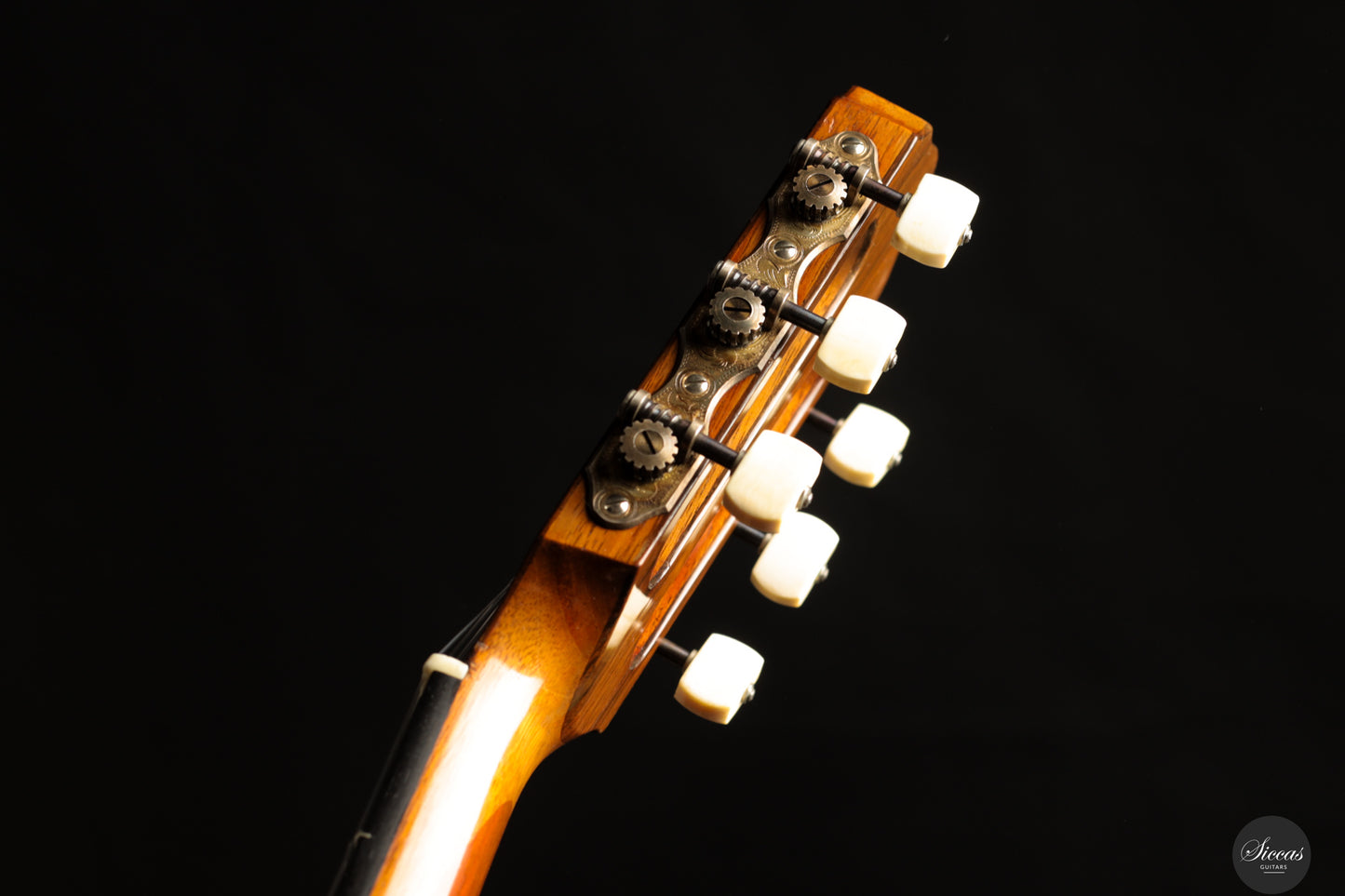
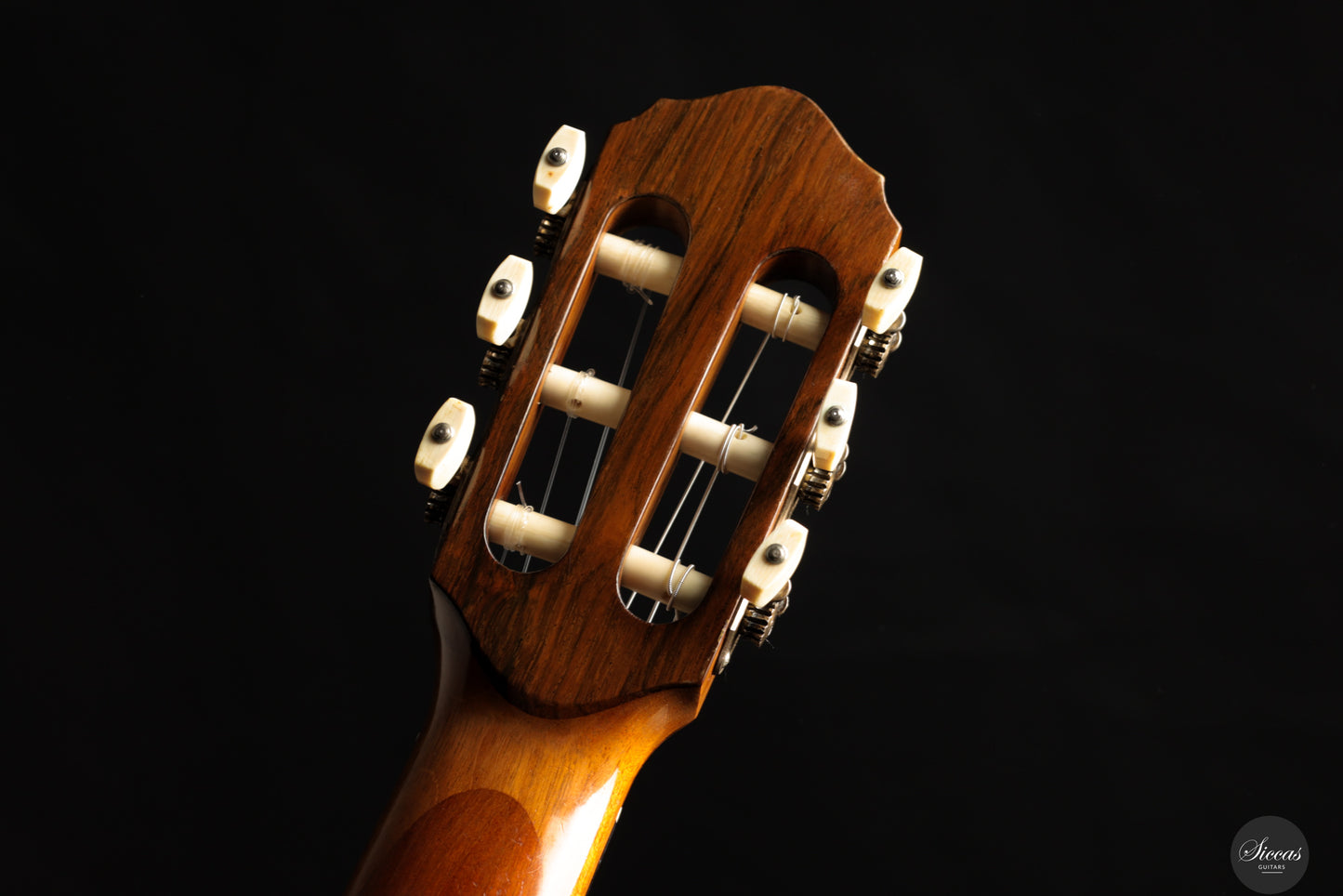
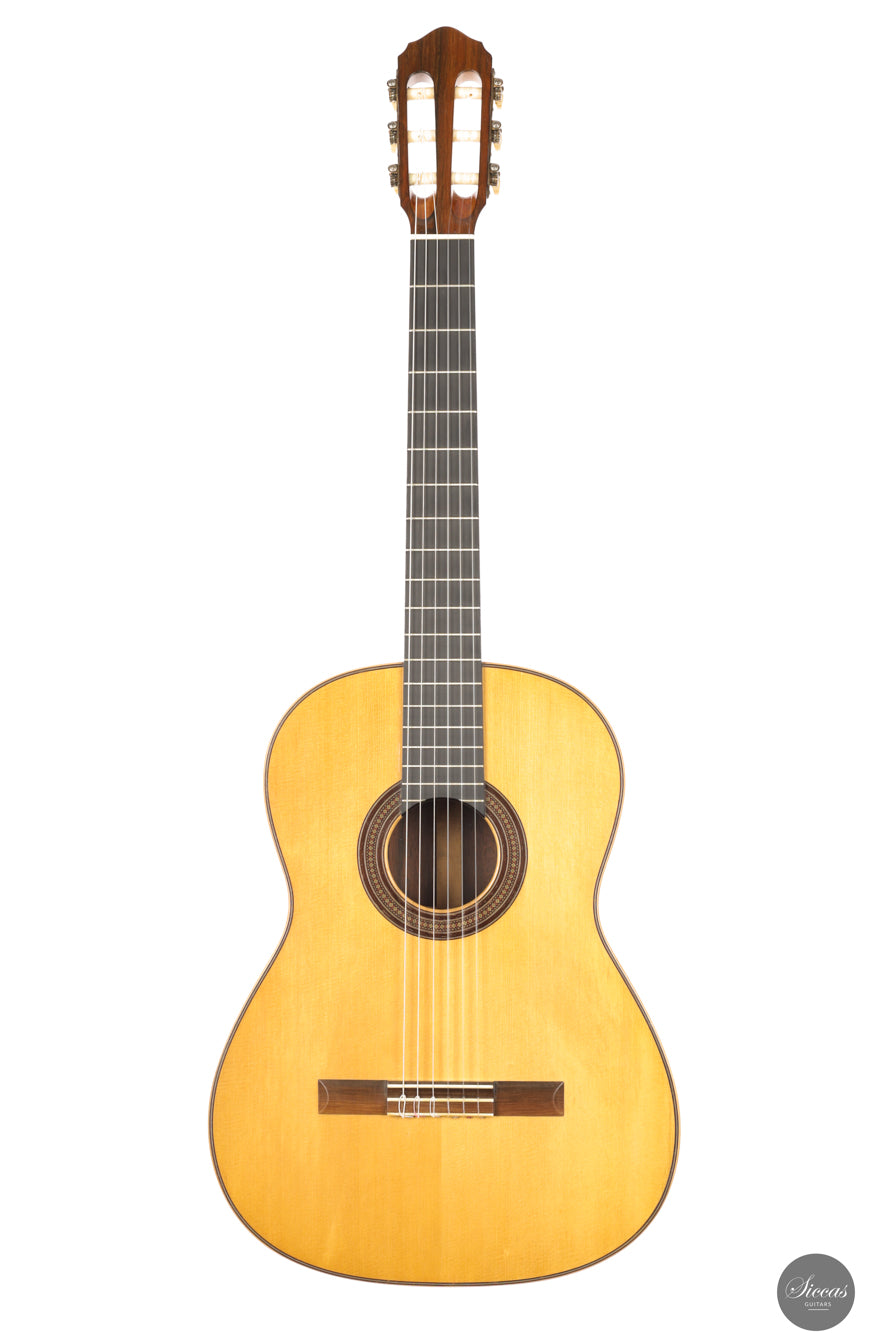
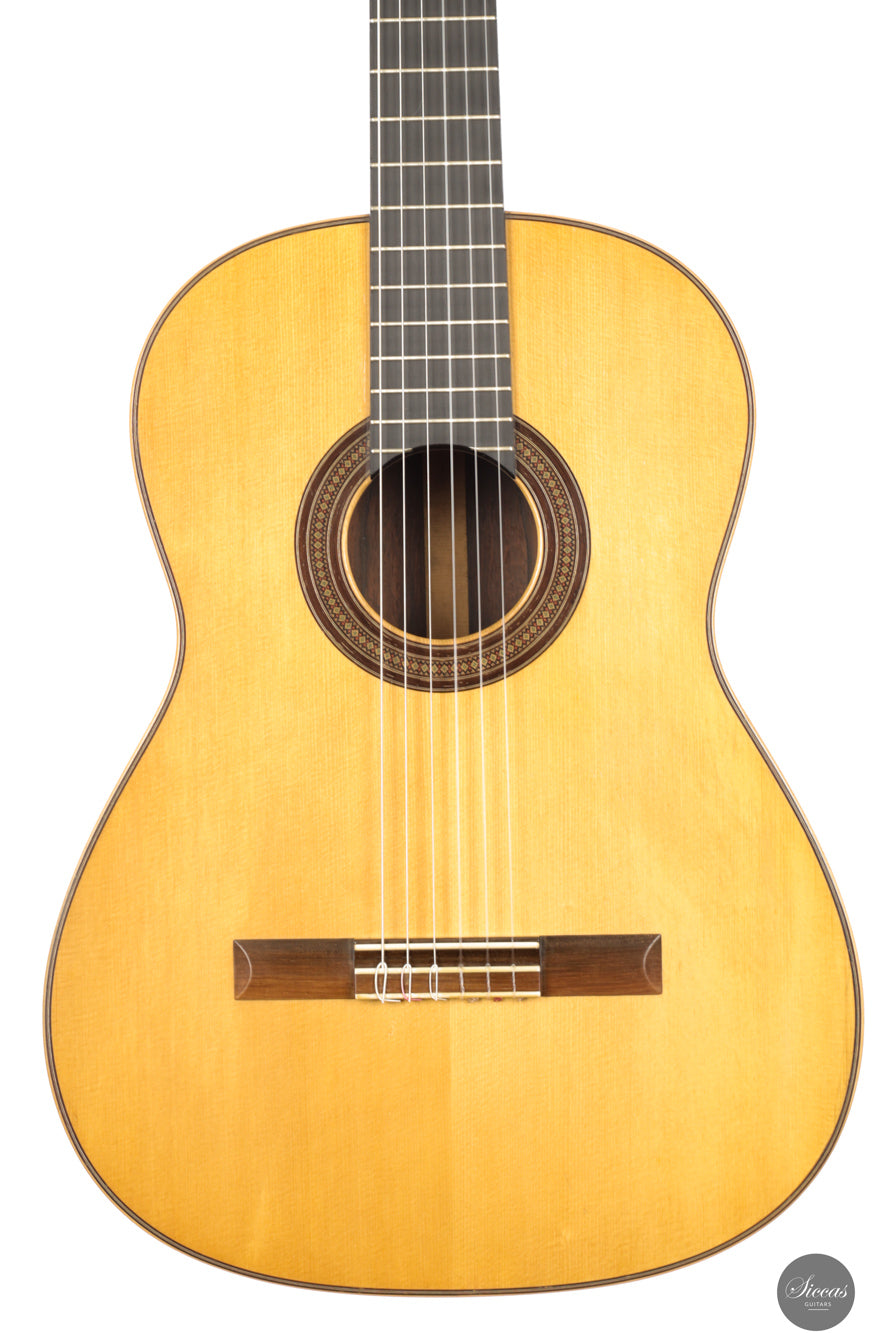
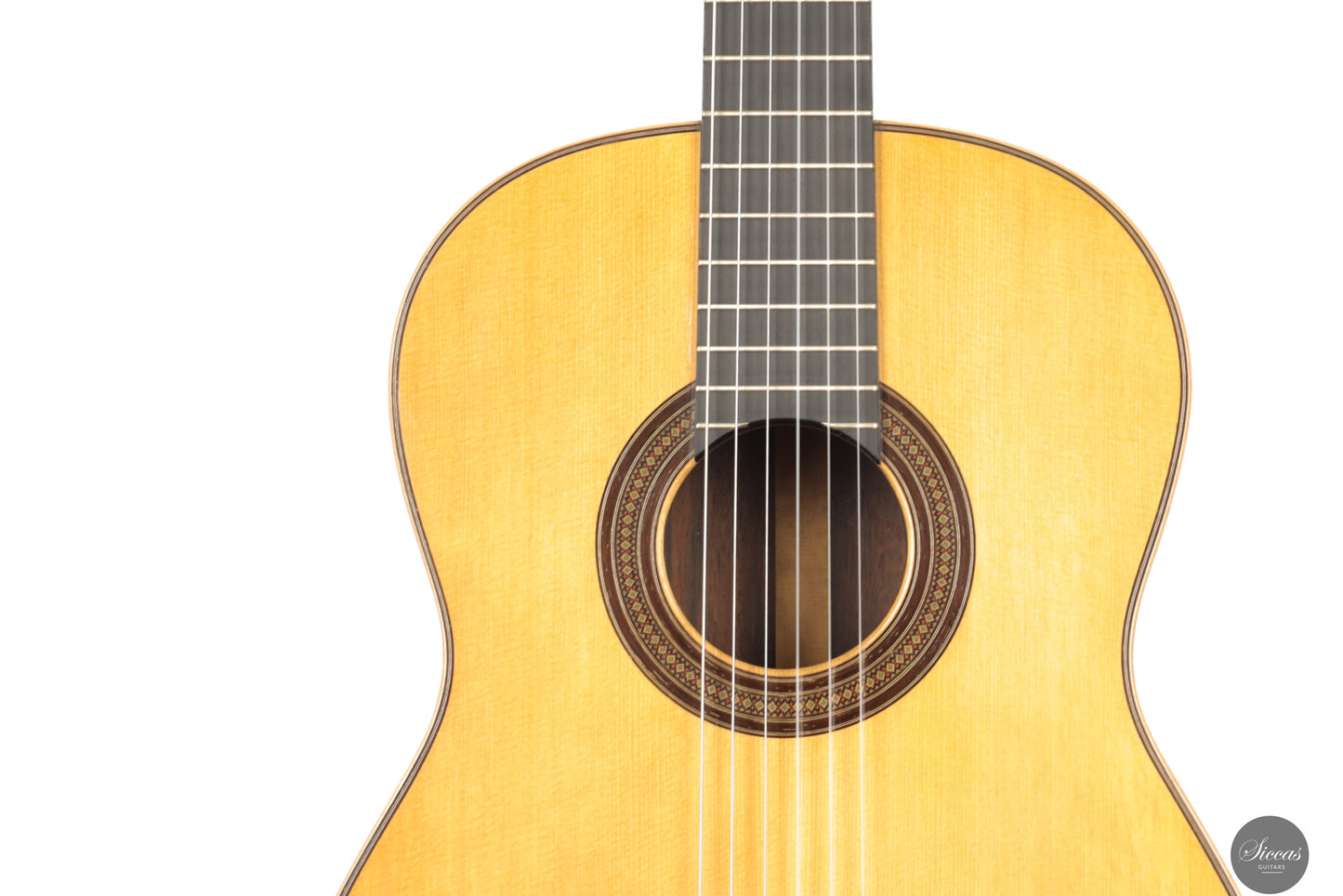
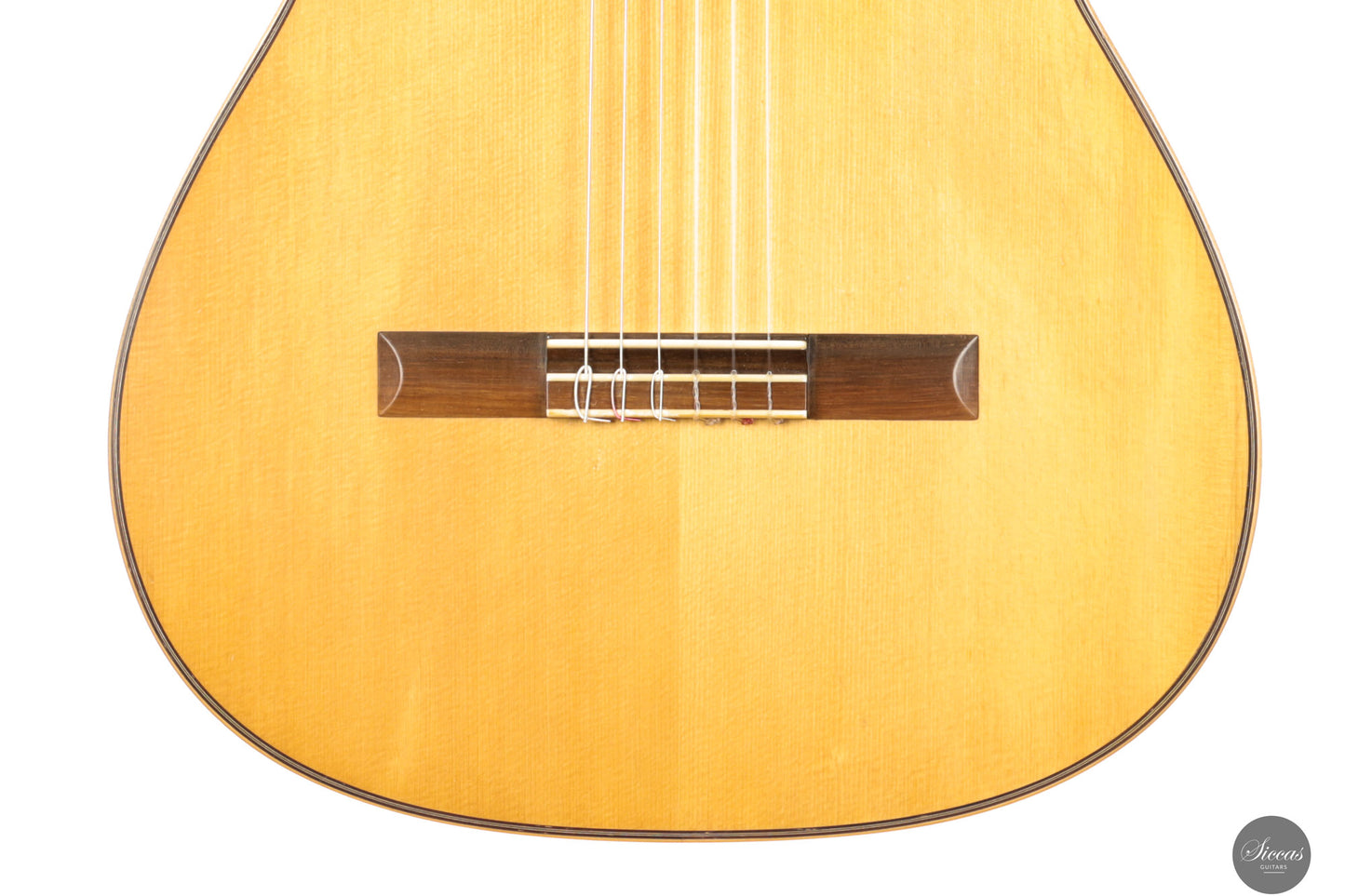
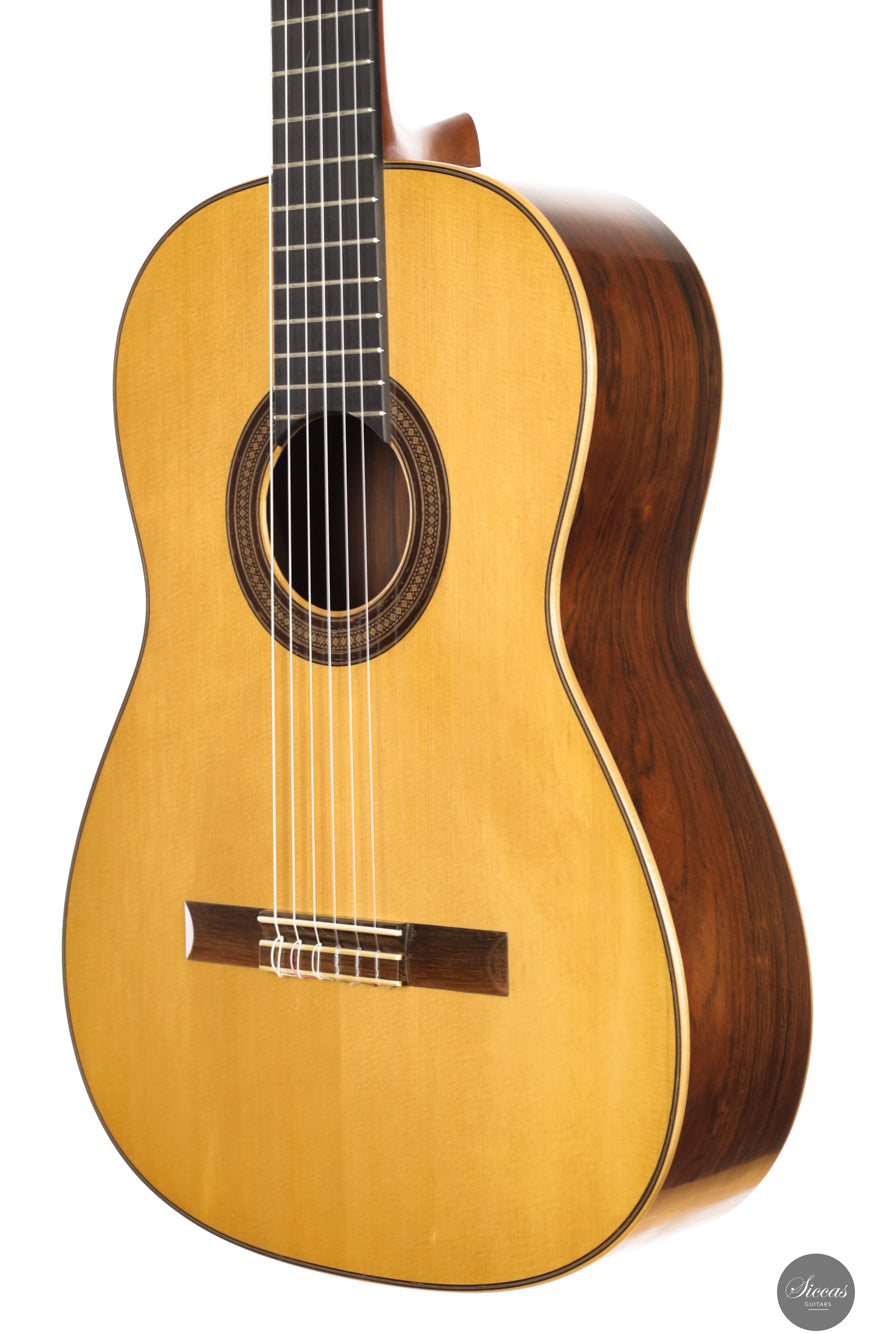
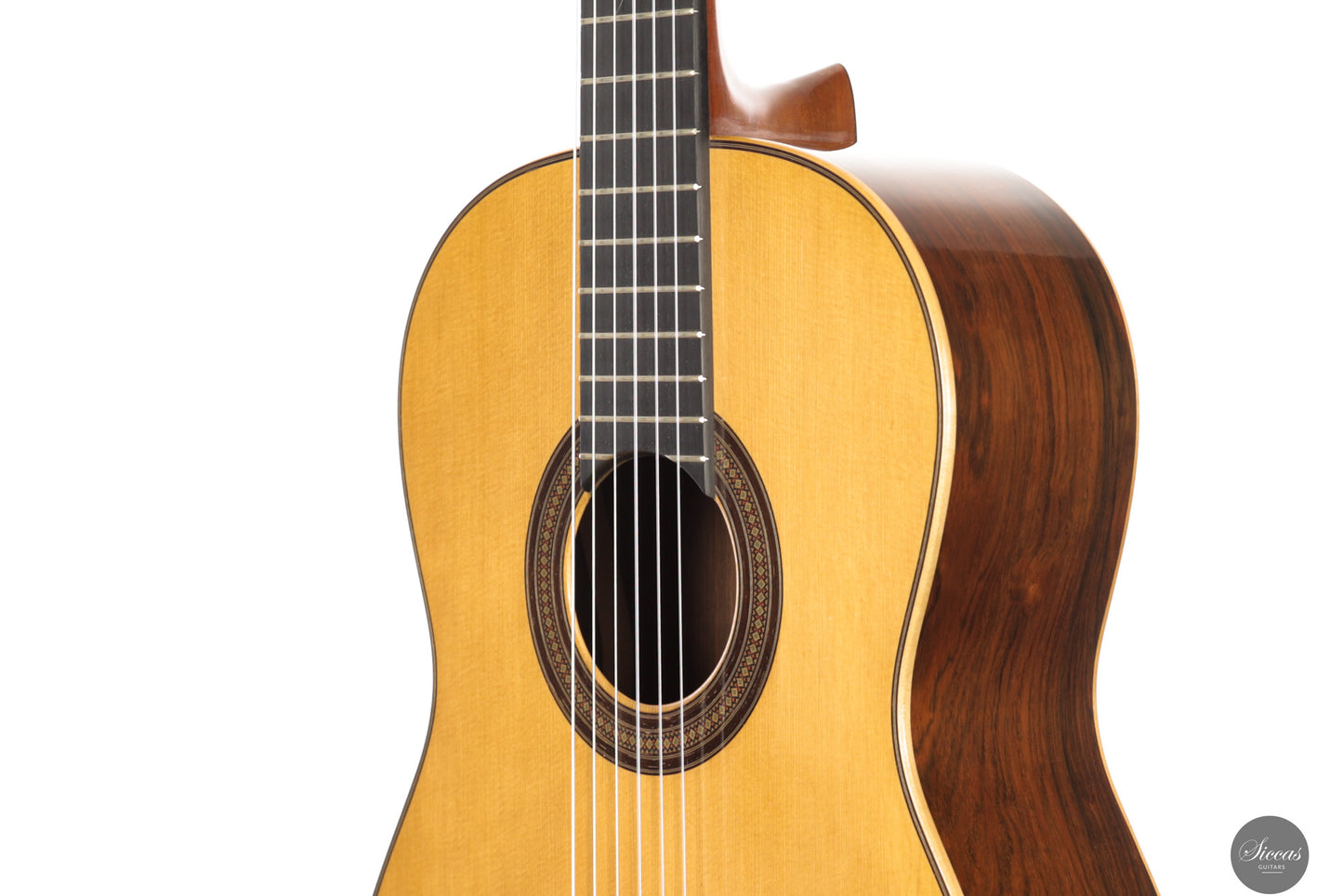
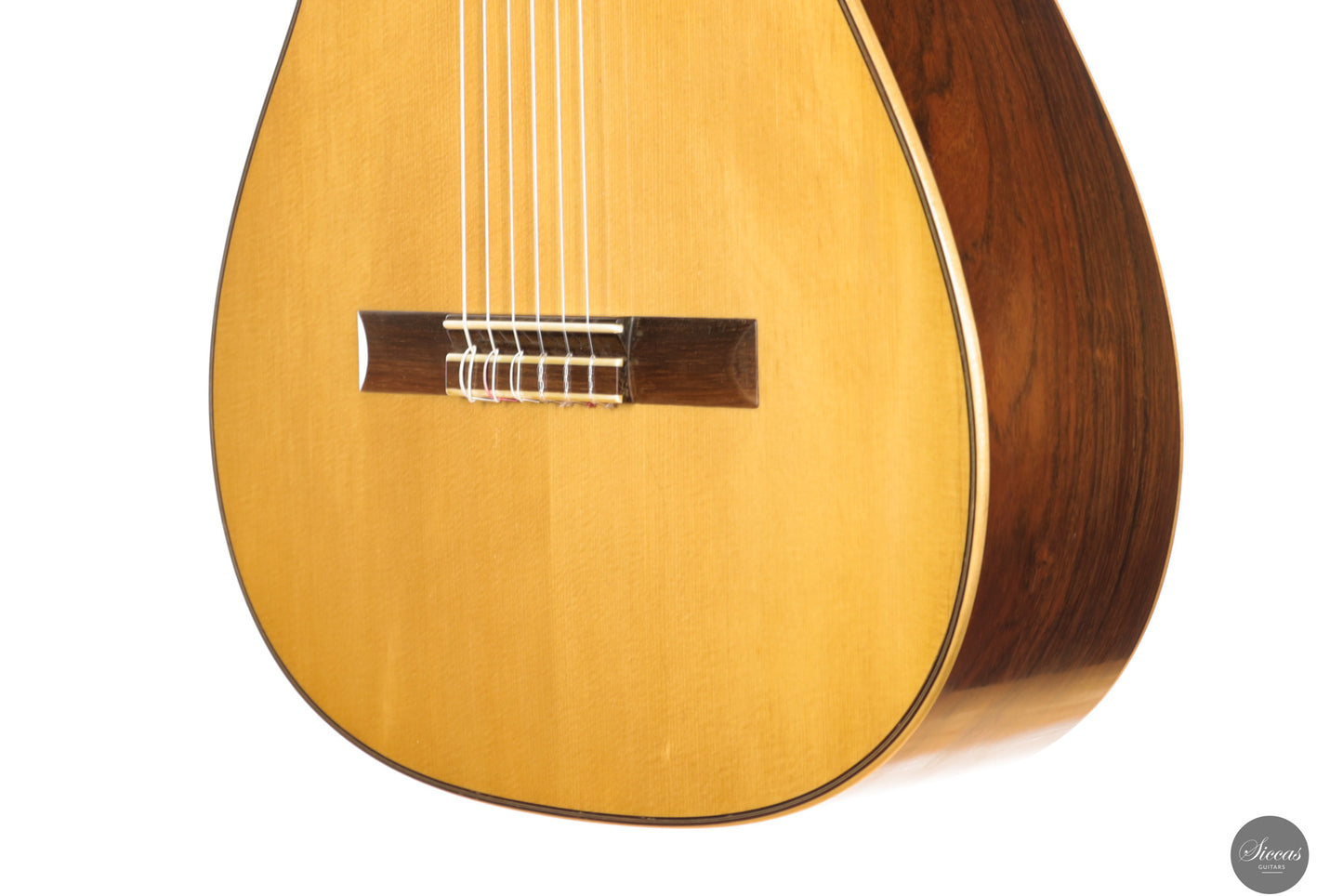
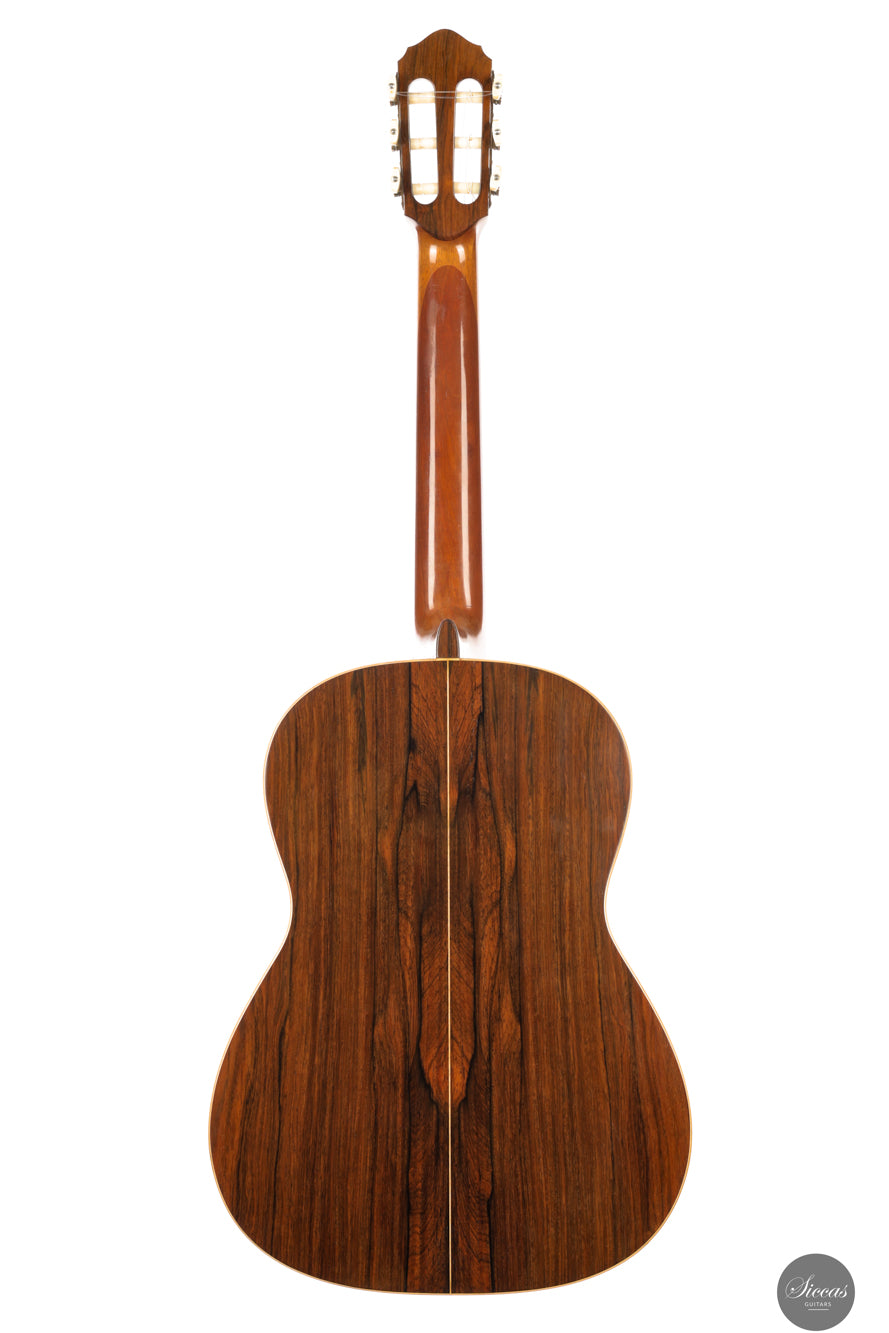
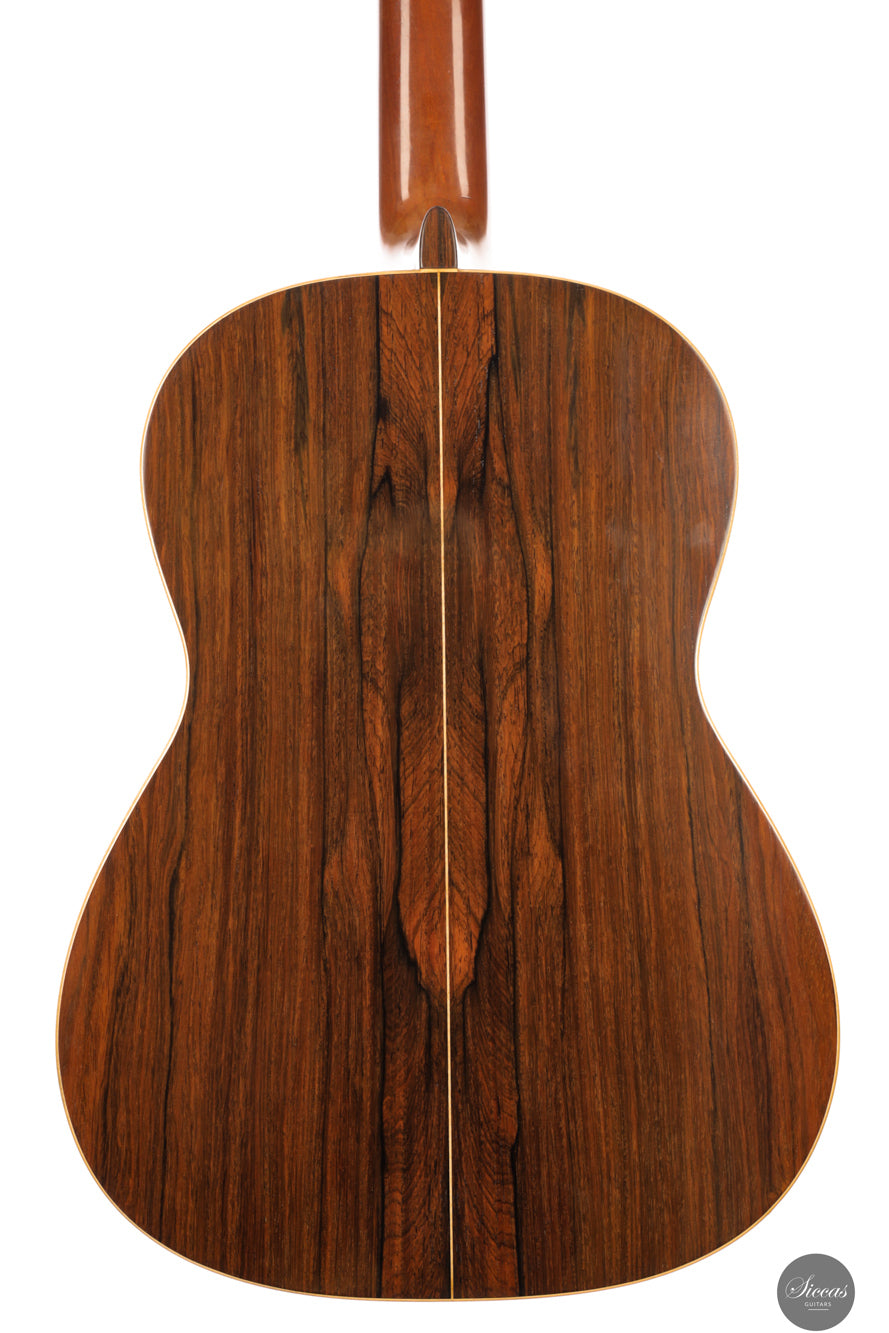
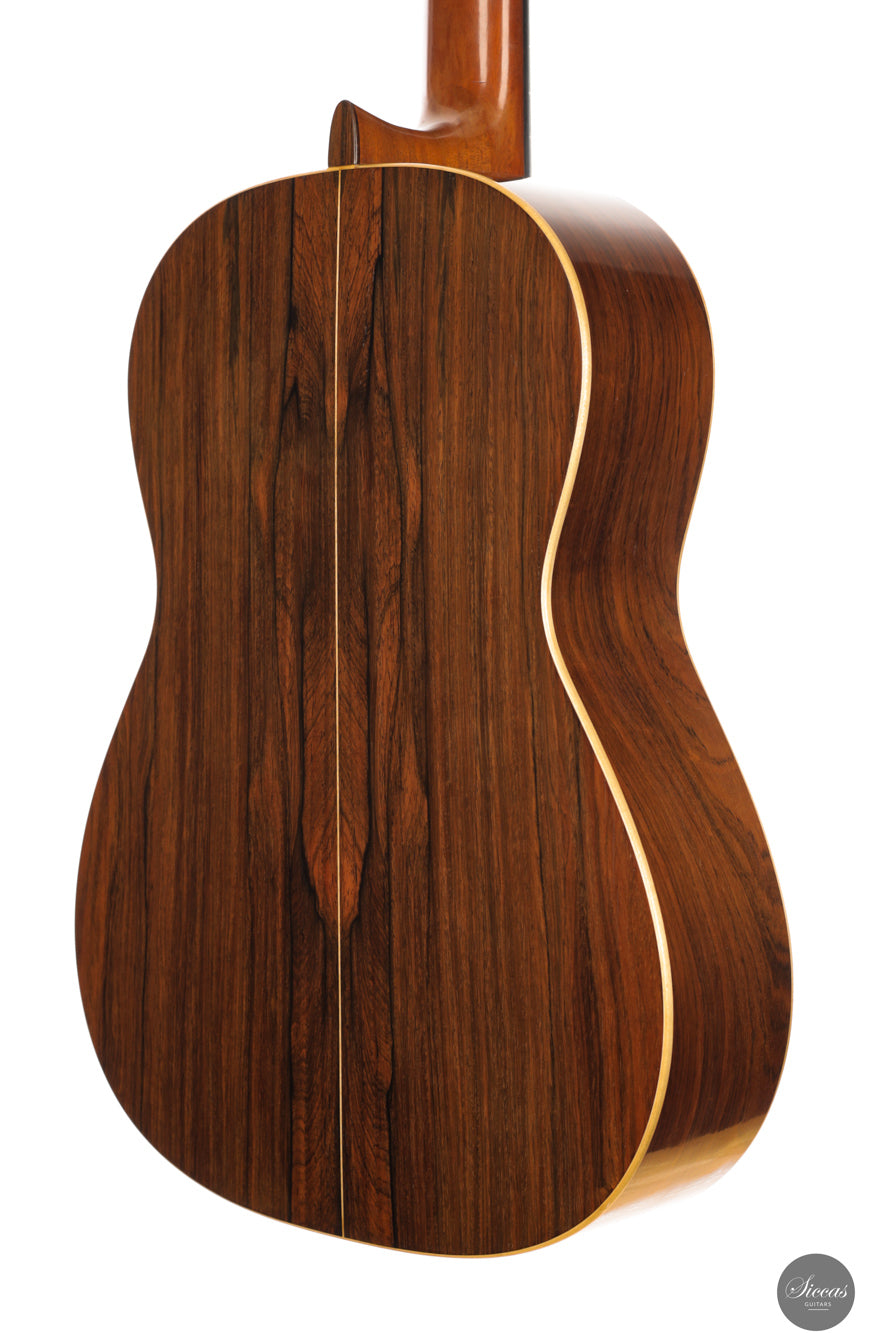
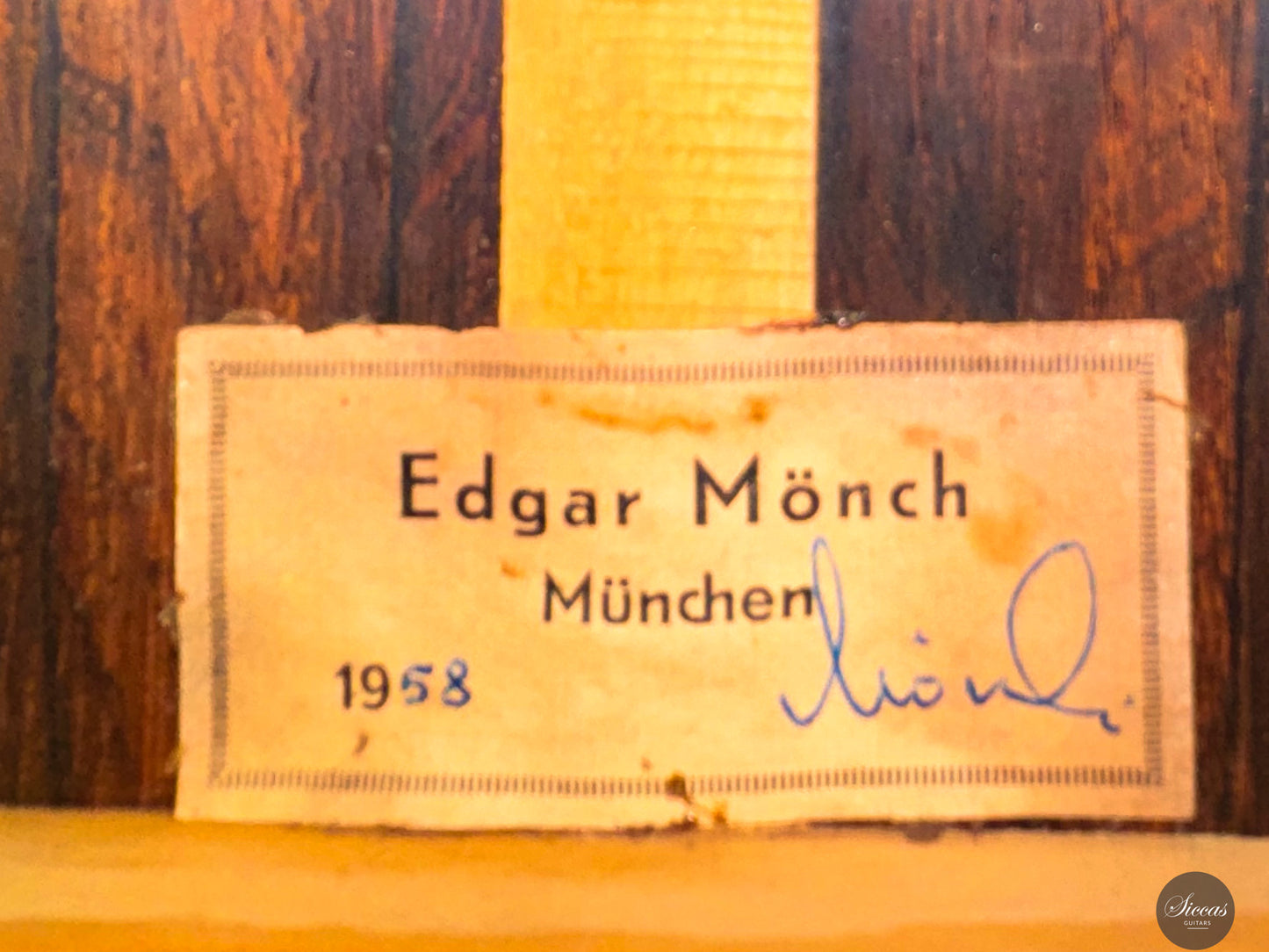
Video overview


More details about the guitar
About the luthier
Edgar Mönch, born 29 October 1907 in Leipzig, emerged from a musically rich background—his mother a Russian pianist and his father a violinist and kapellmeister. His early years in Russia and later studies in mechanical engineering at the Technical University of Danzig (now Gdańsk) reflect a foundational duality of engineering discipline and musical sensitivity. He then worked as a technical interpreter at the Škoda works in Prague, where he also pursued violin study at the conservatory. It was during World War II, while held as a German prisoner of war in an English camp, that Mönch encountered a violin maker from Breslau (now Wrocław) and first engaged in guitar making. After his release in 1947 he dedicated himself fully to luthiery and refined his craft in Spain under Marcelo Barbero in Madrid. His workshop went on to train several important luthiers including John Larrivée, Kolya Panhuyzen, Ken Bowen and Joseph Kurek. His instruments were chosen by luminaries such as Andrés Segovia, Julian Bream, John Williams and Vicente Gómez. Mönch passed away on 16 February 1977, just two months after the death of his son. His guitars remain celebrated for their precision, clarity and enduring voice.
About the guitar
This 1958 model is a superb example from Edgar Mönch’s mature German period. Its spruce top shows an exceptionally tight and uniform grain, pointing to decades of seasoning and careful material selection. The back and sides are made of Brazilian rosewood with a striking visual regularity, a combination that has become increasingly rare to source. This instrument embodies the sonic characteristics for which Mönch is revered: crystal-clear note separation, focused projection and a singing sustain. While the basses are firm and resonant, they remain contained and do not encroach on the clarity of the trebles, which carry with an airy brilliance. The overall response is quick and articulate, benefiting from Mönch’s careful bracing. The original Landstorfer tuners are functioning well.
Condition
The guitar is in very good condition. It shows minor signs of wear consistent with regular, careful use. Two small cracks are visible on the back, both of which have been professionally glued and are considered stable. There are no signs that these are developing further. The French polish finish remains visually appealing, with expected patina and light surface marks typical of a concert guitar from this era.
Regular care extends the life of the instrument
Even with careful use, a classical guitar may gradually change in appearance or respond to unstable storage conditions. Have a close look at your guitar regularly and be attentif to changes. If your instrument is suffering from its environement, it will let you know.
Protect Your Guitar: Handle with Care
Be mindful when touching your instrument with greasy or unwashed hands: any skin contact is a small attack on the varnish. Of course, a guitar is made to be played, but taking a few precautions helps preserve its beauty: wash your hands before playing, wear long sleeves, and avoid unnecessary direct skin contact with the body of the instrument.
Pro tip: Avoid playing with a button-up shirt, heavy jewelry, or a belt, as these can scratch the guitar. Also, make sure your guitar case is free of any objects that could damage the instrument during storage.
String care
A good habit to adopt is wiping down your strings briefly after each playing session. This small action significantly extends their lifespan and helps maintain a consistent, comfortable feel under your fingers.
Most importantly, clean strings are essential for keeping your instrument in tune. Corrosion, sweat, and dust can affect the uniformity of the strings and interfere with accurate tuning across the entire fingerboard.
Pro tip: If you're having trouble getting your guitar in tune, it might be time to change the strings. A useful test is to compare the pitch of the 12th fret harmonic with the fretted note at the 12th fret; if there's an unusually large gap between them, your strings may have lost their integrity and should be replaced.
Keep Your Shellac Finish Shining!
Got a guitar with a shellac (French polish) finish? Here's a simple trick: Take a clean microfiber cloth and gently breathe on the surface to create a light mist. Then, softly rub to remove fingerprints, sweat, and grease. That’s usually all it takes to keep it looking great, no products needed!
Pro tip: Every few years, treat your guitar to a check-up with a luthier to keep it in top shape.
Storing Your Guitar: Climate Matters
Your guitar can safely stay outside its case, as long as the surrounding environment maintains 42–55% humidity and a temperature between 18–25°C.
Keep in mind that humidity levels can still fluctuate inside the case, especially during seasonal changes.
- Too much humidity may cause overtightened strings and a dull tone.
- Too little humidity can lead to a bulging top, string buzz, or even cracks.
Avoid placing your guitar near radiators, air conditioners, or windows with direct sunlight.
Pro tip: Always close your guitar case while playing. This helps preserve a stable microclimate inside the case, so your instrument is protected the moment you put it back in.


